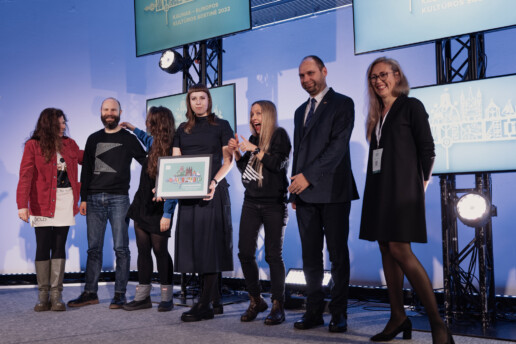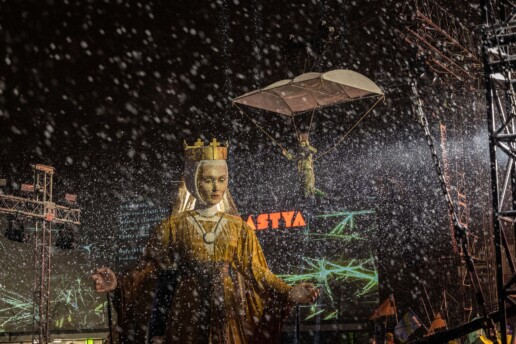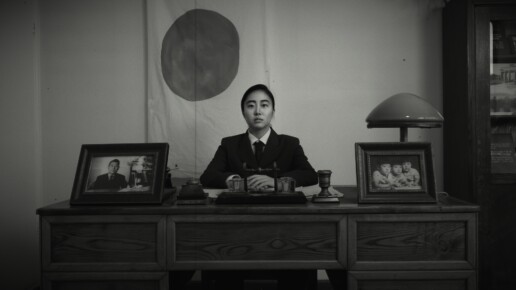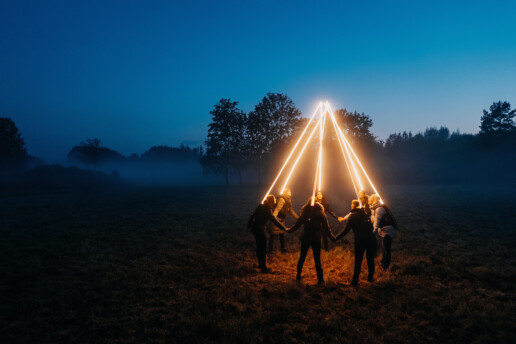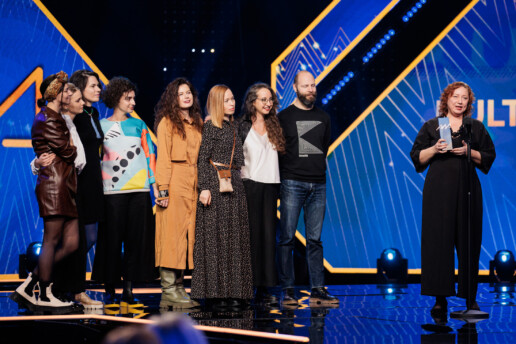Culture lured tourists to Kaunas: European Capital of Culture title increased numbers of visitors and sparked media attention
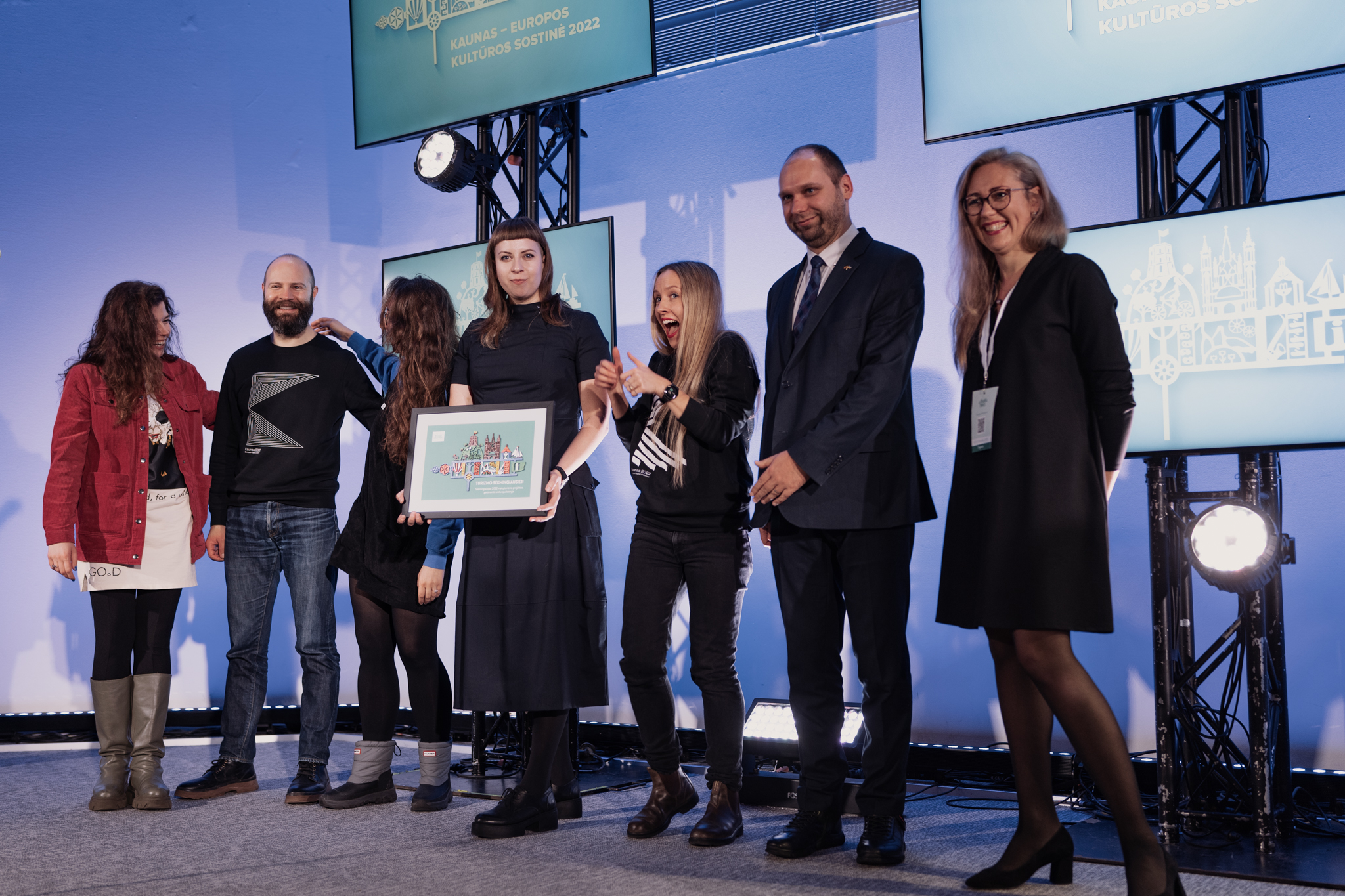
Recent statistics reveal not only increased visibility of the cultural sector but also pre-pandemic numbers in the field of tourism. Even though the real impact of the project will be best felt in a few decades, it is already clear that the European Capital of Culture title expanded the city's profile on the world map.
Over the five years, more than 3000 cultural events took place in Kaunas and Kaunas District gathering more than 19,000 professional artists and over 2.5 million culture lovers. The wide program offered music and dance events, cinematic experiences, contemporary performances and exhibitions of world-famous artists including Yoko Ono, William Kentridge, and Marina Abramović. In 2022 alone, Lithuanian and international artists organised more than 1,500 cultural initiatives open to the public.
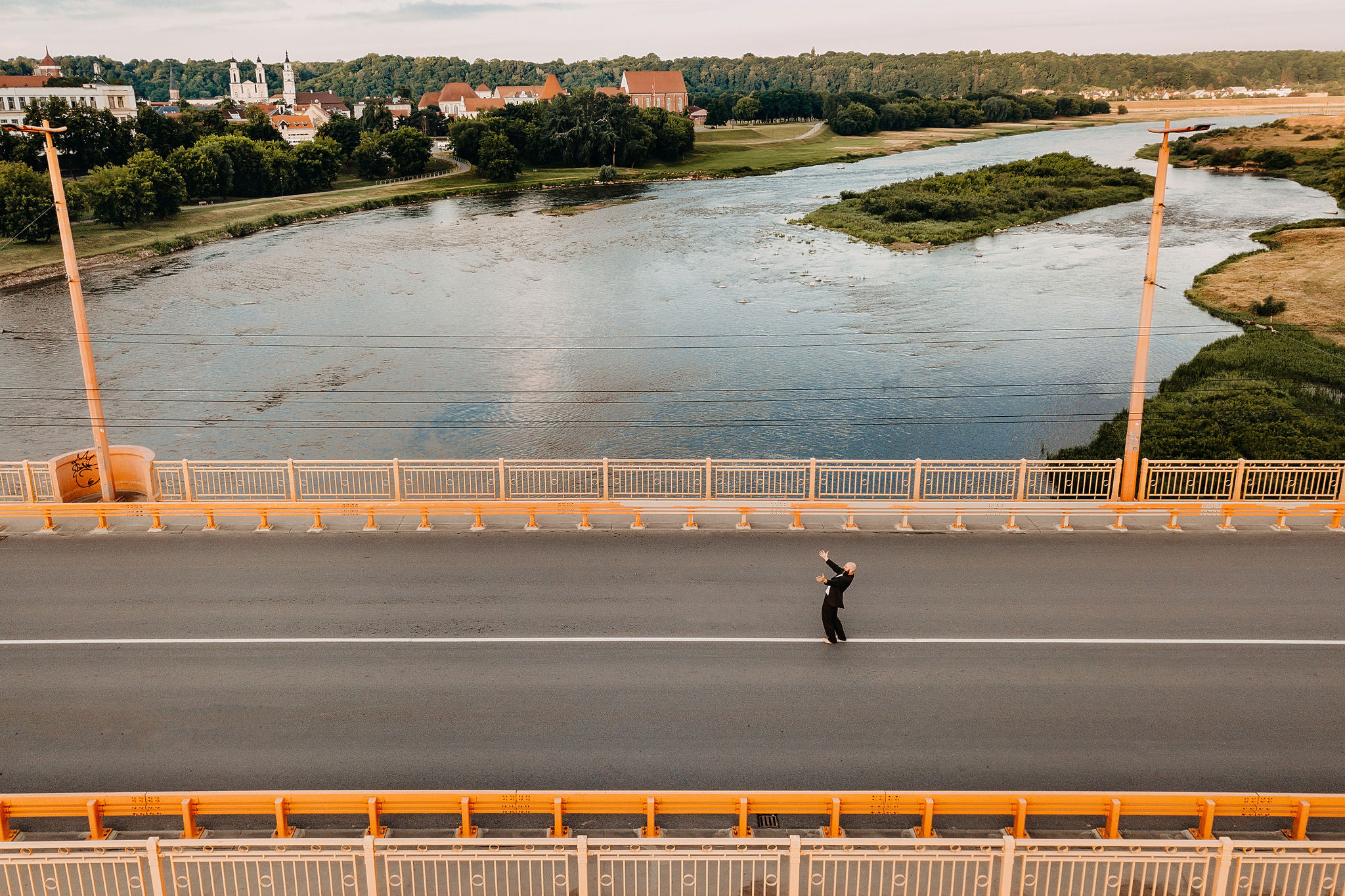
To Kaunas - from Lithuania, Europe and the whole world
Data collected by the public institution “Kaunas In” showed that in 2022 the number of tourists grew rapidly in the city reaching pre-pandemic figures. According to the estimates, more than 280,000 people used the accommodation facilities between January and November last year. Kaunas was chosen as a popular destination not only by Lithuanians but also travellers from Germany, Italy and neighbouring countries - Poland, Latvia, and Estonia.
One of the reasons behind intensified tourism was increased attention from the foreign media. According to the Strategic Communication Department of the Office of the Government of the Republic of Lithuania, evaluating the visibility of the cultural field, reports about “Kaunas 2022” resulted in as much as 38.55% of significant messages on cultural topics.
The project was talked about in as many as 66 countries, including not only European countries, but also the USA, India, the United Arab Emirates, Canada, South Africa, South Korea and Singapore. Kaunas has been covered by the BBC, CNN, The Times, Rai, Euronews, Deutsche Welle, and Financial Times. According to the reach of publications, it is estimated that information about Kaunas could potentially reach 3 billion people from all over the world.
Foreign media representatives were attracted not only by the ongoing events, but also by street art, the themes related to memory, Kaunas modernist architecture, and the appearances made by world-renowned artists. More than 170 international journalists visited the city, and as many as 2,800 publications were published under the topics of the European Capital of Culture year in Kaunas.

In the future - the continuity of cultural events and projects
A number of popular festivals and events have become an integral part of the city and its surrounding district. The International Day of Happiness, Kaunas Literature Week, and the Fluxus Festival, which has now become a tradition, will continue to attract visitors and residents of the city. Culture to the Courtyards, Citytelling Festival and the international performing arts festival ConTempo will keep on bringing music and performances to Kaunas’s neighbourhoods. Design enthusiasts will remain warmly-welcomed participants at the MAGENTA Landscape Design Festival. The European Capital of Culture Forum and the much-loved Contemporary City Festival AUDRA will also carry on. And in Kaunas District, the community project “Contemporary Neighbourhoods” will continue to take place.
A Path of Emerald, the route touring public art objects, featuring 50 works by Lithuanian and international artists, will remain in operation in Kaunas District, as well as the dredger-boat “Nemuno 7,” located in Zapyškis, now turned into a space of art and culture.
Those curious to visit the former Capital of Culture should bear in mind that cultural experiences are awaiting also 100 km away. While buying tickets to Lithuania one should not miss the chance to visit Vilnius which celebrates its 700th birthday this year. The extensive program will combine the past, present and future of the city while offering numerous cultural events and exhibitions. Vilnius will continue its mission started by duke Gediminas - to make the name of Vilnius famous all over the world.
The European Capital of Culture year starts in Veszprem, Elefsina and Timișoara start
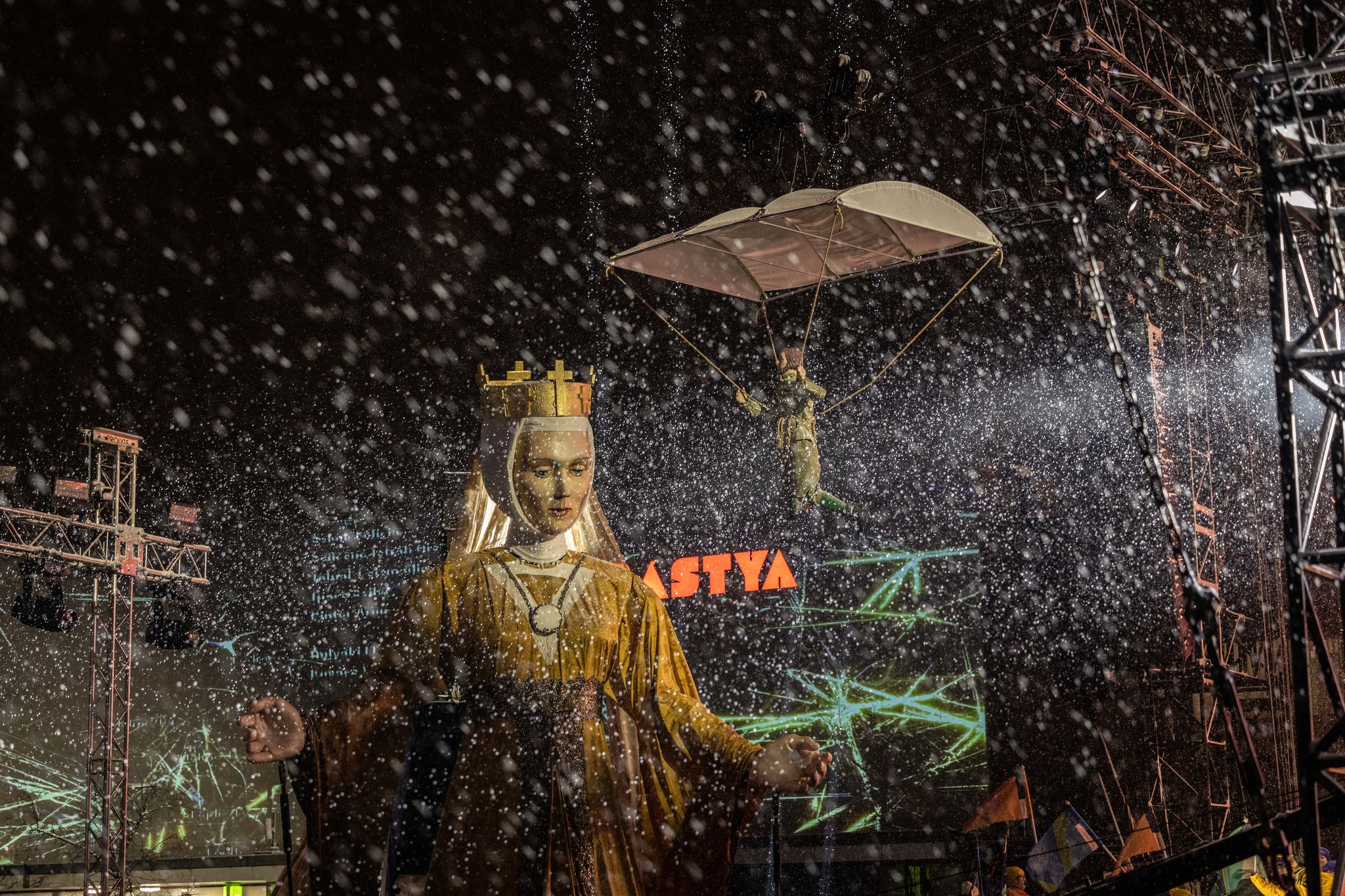
Exactly one year ago, Kaunas entered an important stage - last January, the European Capital of Culture year was opened with the program “Confusion”. Today, these experiences are relived by three other European cities - the map of Capital of Cultures leads to Vesprem, Elefsina and Timișoara.
The title of Capital of Culture not only provides an opportunity to implement rich cultural programs and promote tourism, but also to increase the need for culture, and to involve various cultural sectors in the process. Thousands of artists, institutions, volunteers and citizens participate in the projects.
Last weekend the year of the Capital of Culture was opened in Veszprem. On February 4 the events will start in Elefsina and will be followed by Timisoara on February 17.
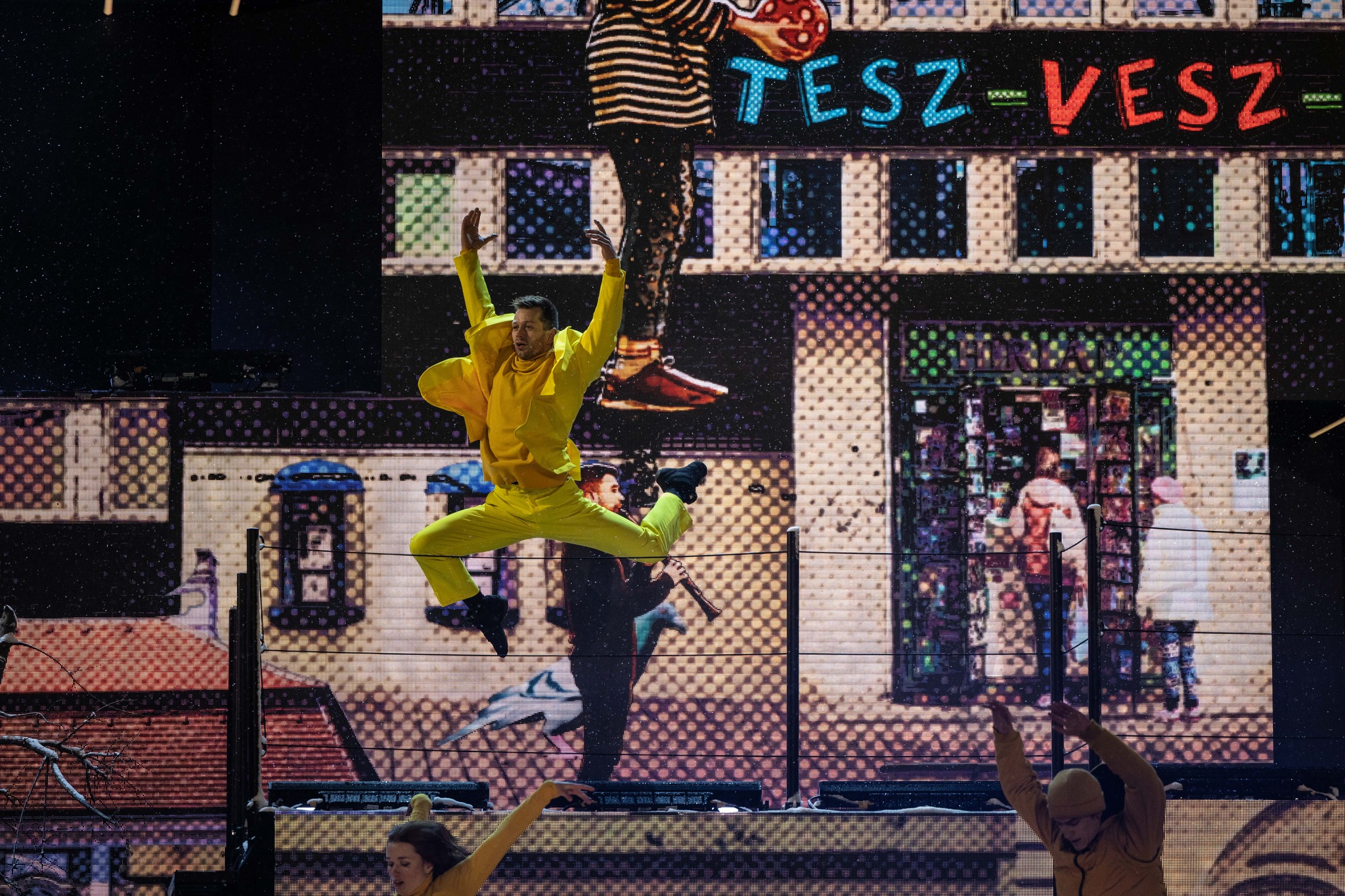
Vesprem will take to Kaunas for a week
The European Capital of Culture year in Veszprem started on January 21. On Saturday morning various city museums and galleries opened their doors to visitors, offering exhibitions and guided tours.
The most anticipated event of the weekend - the official opening ceremony - took place later in the evening in three locations: Old Town Square, Kossuth Street and the Castle. Thousands of spectators flocked to watch the hour-long production of music, dance, light painting and building projections. Promising a magical, dreamy, and at the same time slightly grotesque and humorous performance, the organizers gathered a team of professional artists - the opening event was created by international and national award-winning choreographers, dancers, musicians and film directors. After the grand opening, electronic music lovers flooded various spaces of Vesprem, where the night program took place.
In 2023 Vesprem celebrates not only the year of the European Capital of Culture but also the 200th anniversary of the national anthem. Thus, the weekend programme included theatre performances, cultural walks and exhibitions, as well as, a joint Hymn recital.
In 2023, the project is bringing creative talents from 25 countries to Veszprém and the Bakony-Balaton region. Every two weeks, new artists from different cities will visit Hungary and present exhibitions, performances and events. The attention of Vesprem residents and guests last week turned to Lithuanian artists - Kaunas was the first one to present an international program. Concerts by Daumantas Lukošiūnas and “CinaMon” took place in the city, while the creative writing workshop with Sandra Bernotaitė, a photo exhibition by Remis Ščerbauskas, and a screening of the film “Folds” by artist Aideen Barry are awaiting in the upcoming days.
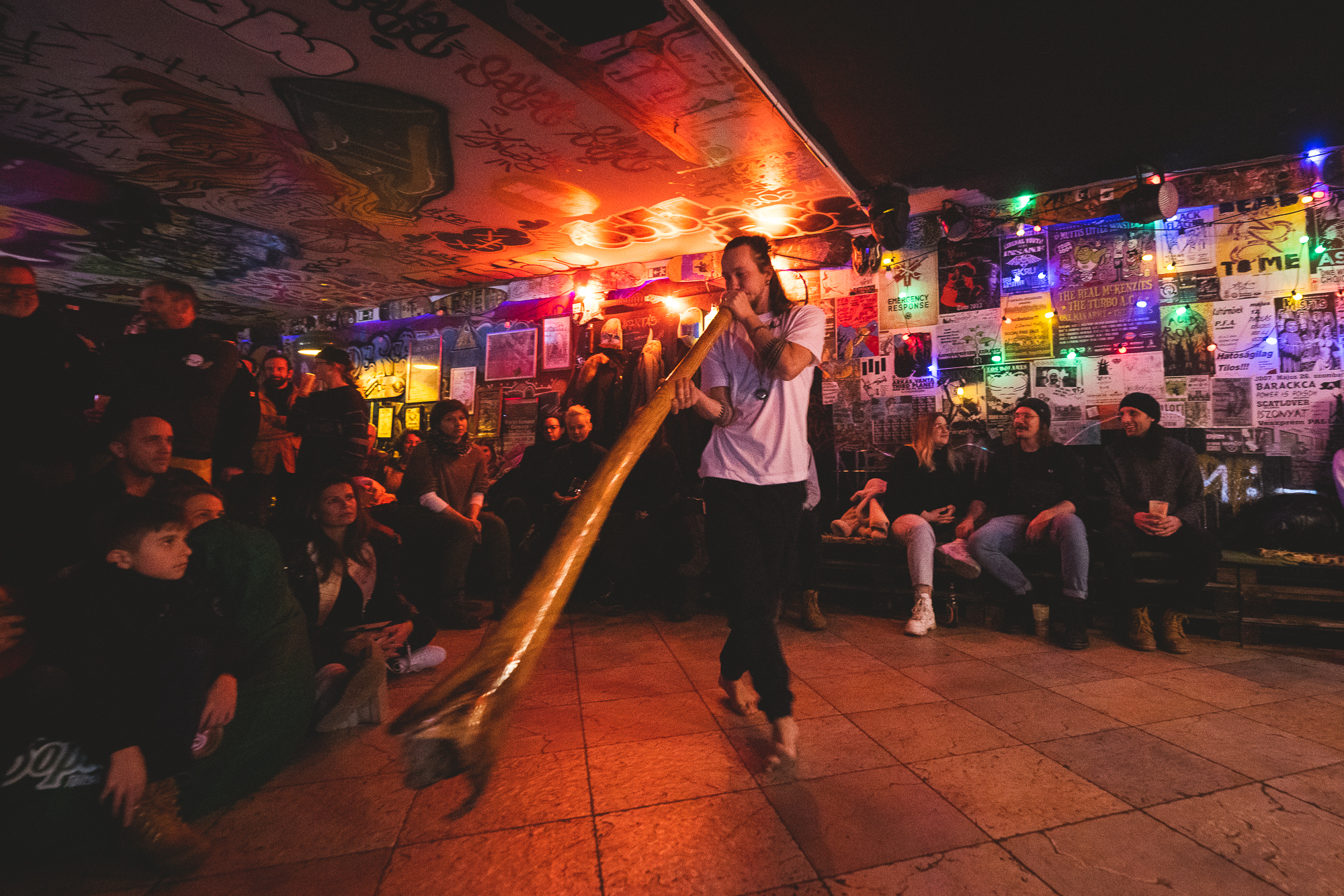
Elefsina: attention to people and the environment
Elefsina is an industrial city, home to the most important religious celebrations in the ancient world, as well as, the birthplace of Aeschylus. The city's fabric comprises extraordinary traces of antiquity, modern stories of population displacement, labour movements and industrial and cultural development, making it a unique historical landmark of ancient and modern Greek history. All these aspects are expected to be revealed in more than 400 cultural events during the year. Focus in 2023 will be shifted towards three main axes - people and society, work and environment. Performances and exhibitions of 192 Greek and 137 international artists are planned this year.
The grand opening event will take place on February 4 on the seafront of the city. The celebrations begin with the arrival of four large processions, land and sea, symbolically coming from distinct points of Europe, Attica and the city of Elefsina itself. An informal procession will also be the arrival of all visitors and invitees to the grand event of the Opening Ceremony. Until late at night, the city of Elefsina will celebrate with a rich program of exhibitions, concerts, parties and a multitude of parallel events throughout the city.
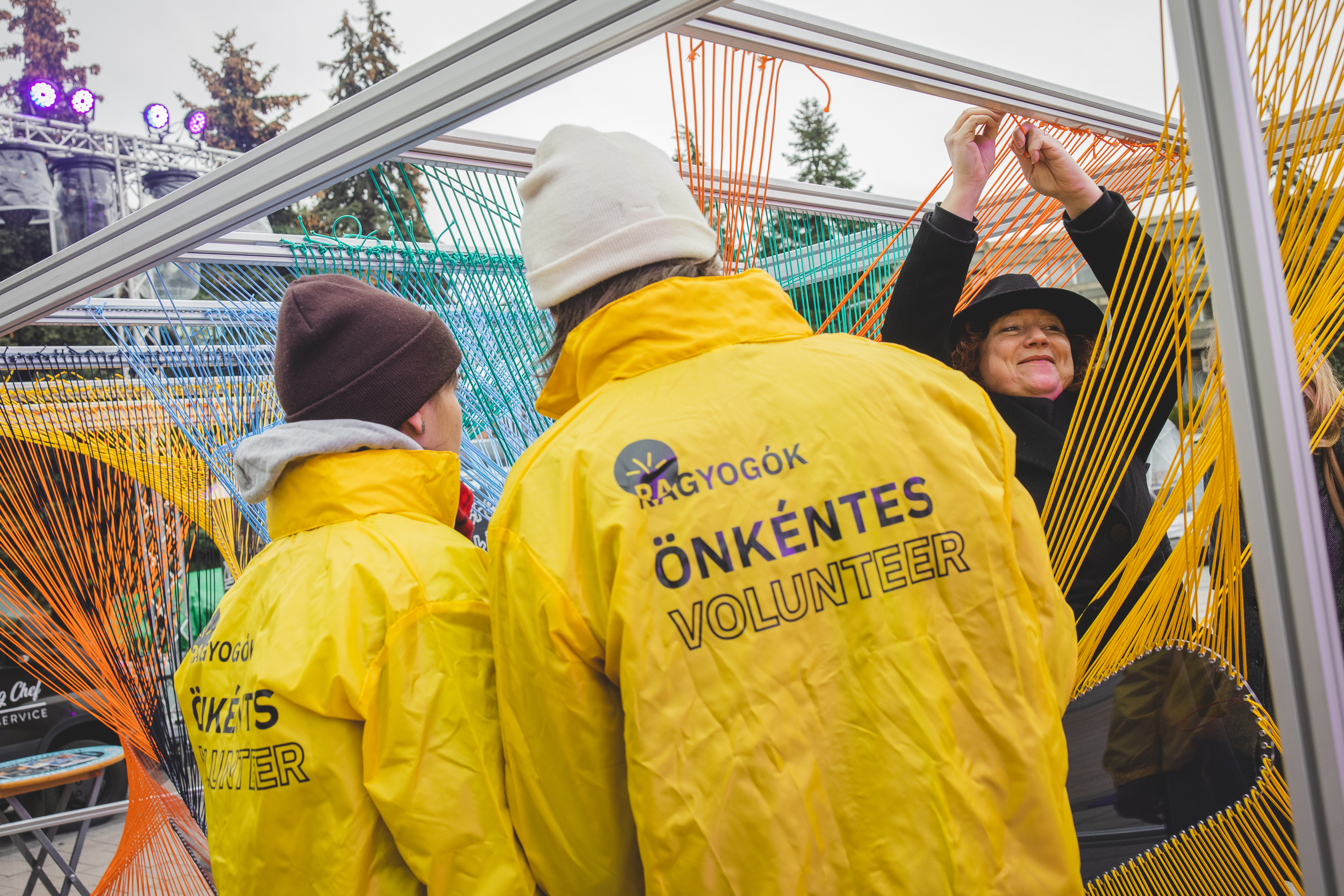
Shine your light in Timisoara
“Shine your light! Light up your city!” - with these words, Timisoara welcomes the year of the European Capital of Culture. The motto is an invitation to a double mobilisation: on the one hand, citizens are invited to express their values and attitudes, and on the other hand, to remove the darkness and passiveness around them through a civic process fuelled by culture.
For many years, Timișoara has been the centre of changing nationalities, religions and cultures. “When Timișoara became complacent and conformist, it stagnated” - believes the organizers. “With the European Capital of Culture title, but also with the Opening, we want Timișoara to celebrate and rediscover this spirit. It has the courage and openness to be a good host for experimentation and collaboration, whether we are talking about arts, technology, architecture, education or culture in general.” Before and after the grand opening, music, visual arts, conferences and various exhibitions will take place in Timișoara.
InterUrban Brings the Whole World to Veszprém | First Presenting the Arts and Culture of Kaunas, Lithuania: 16-29 January 2023
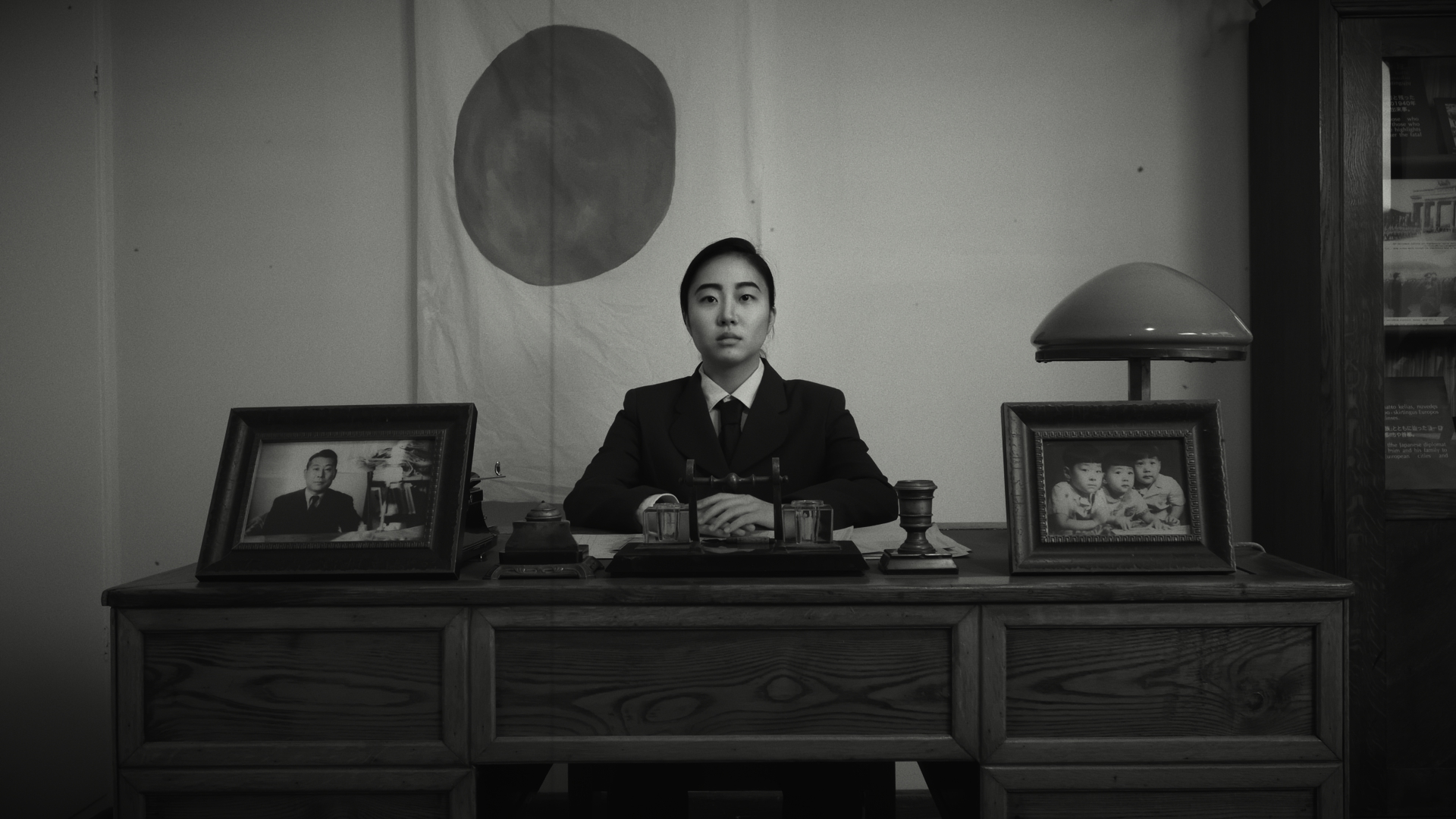
The European Capital of Culture (ECoC) initiative is the most important programme facet of the European Union's cultural policy. The ECoC aims to bring the peoples of Europe closer together through culture. Being the 2023 European Capital of Culture offers a unique opportunity to promote the Bakony-Balaton region as a European creative and cultural centre; with Veszprém as its centre. It also provides a European, if not a world stage for the cultural riches of Veszprém’s fellow UNESCO City of Music cities and its sister cities around the globe. Through InterUrban, the amazing melodies, flavours and creative talents from 29 cities from 25 countries are being brought to Veszprém and the Bakony-Balaton region. The featured InterUrban city will change every two weeks (see calendar below). The first city presented in the programme will be 2022 European Capital of Culture Kaunas, Lithuania. Kaunas’ tenure will last 16-29 January 2023 and overlap with the Grand Opening of the cultural year on 21-22 January.
|
Date |
Time |
Event |
Place |
|
20 January |
20:00 |
Daumantas Lukosiunas Concert | Terem Bar, Virág Benedek u. 4 |
|
21 January |
21:00 |
Daumantas Lukosiunas Concert | 2023 European Capital of Culture Office, Kossuth Lajos utca 3 |
|
22 January |
20:00 |
CinaMono Concert | Papírkutya, Szabadság tér 9 |
|
23 January |
16:00 |
Writer's Workshop with Sandra Bernotaite | Ajkai Bányászati Múzeum (Mining Museum), Parkerdő, Ajka |
|
24 January |
19:00 |
Klostės film screening and Q&A with director | Pannon University, Building E, Kamaraterem |
|
23 January-5 February |
Remis Ščerbauskas 'With Love from Kaunas' Photo Exhibition | Kunszt!, Óváros tér 1 |
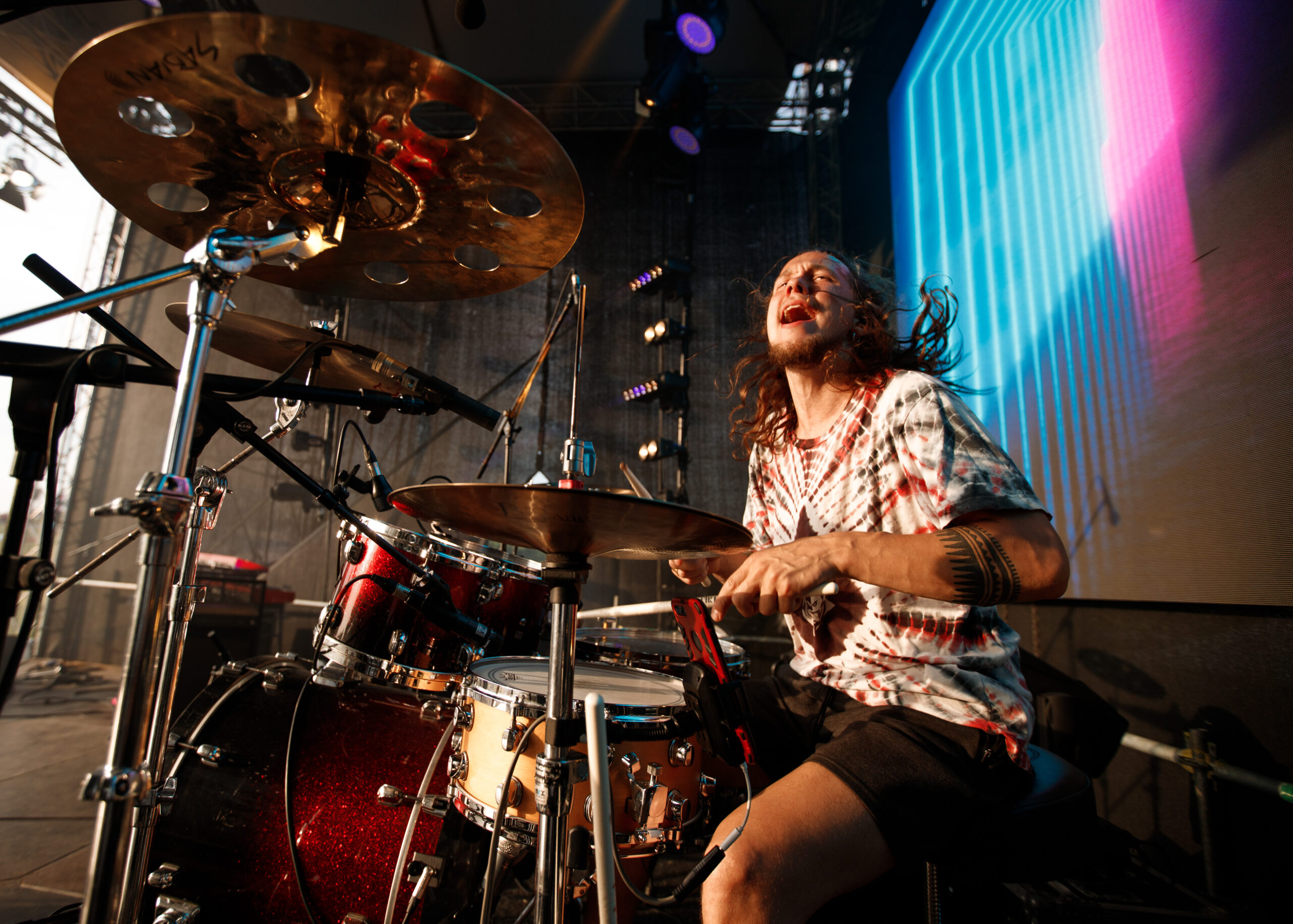
Daumantas Lukošiūnas | One Man Band
The majority of the multi-instrumentalist's performance consists of improvisation, which allows him to adapt to the audience, moment and surroundings. Daumantas has mastered instruments from different periods of time and cultures: modern drum kit, voice, didgeridoo, guitar, bass, djembe, shamanic drum, gong and many others. The variety of sounds are combined using modern loop station technique which turns the artist into a One-Man Band. In 2015, he won the Mama Award at the Tamsta Drum Day drummer competition. In 2021, he released his live EP album Planting the Seed.
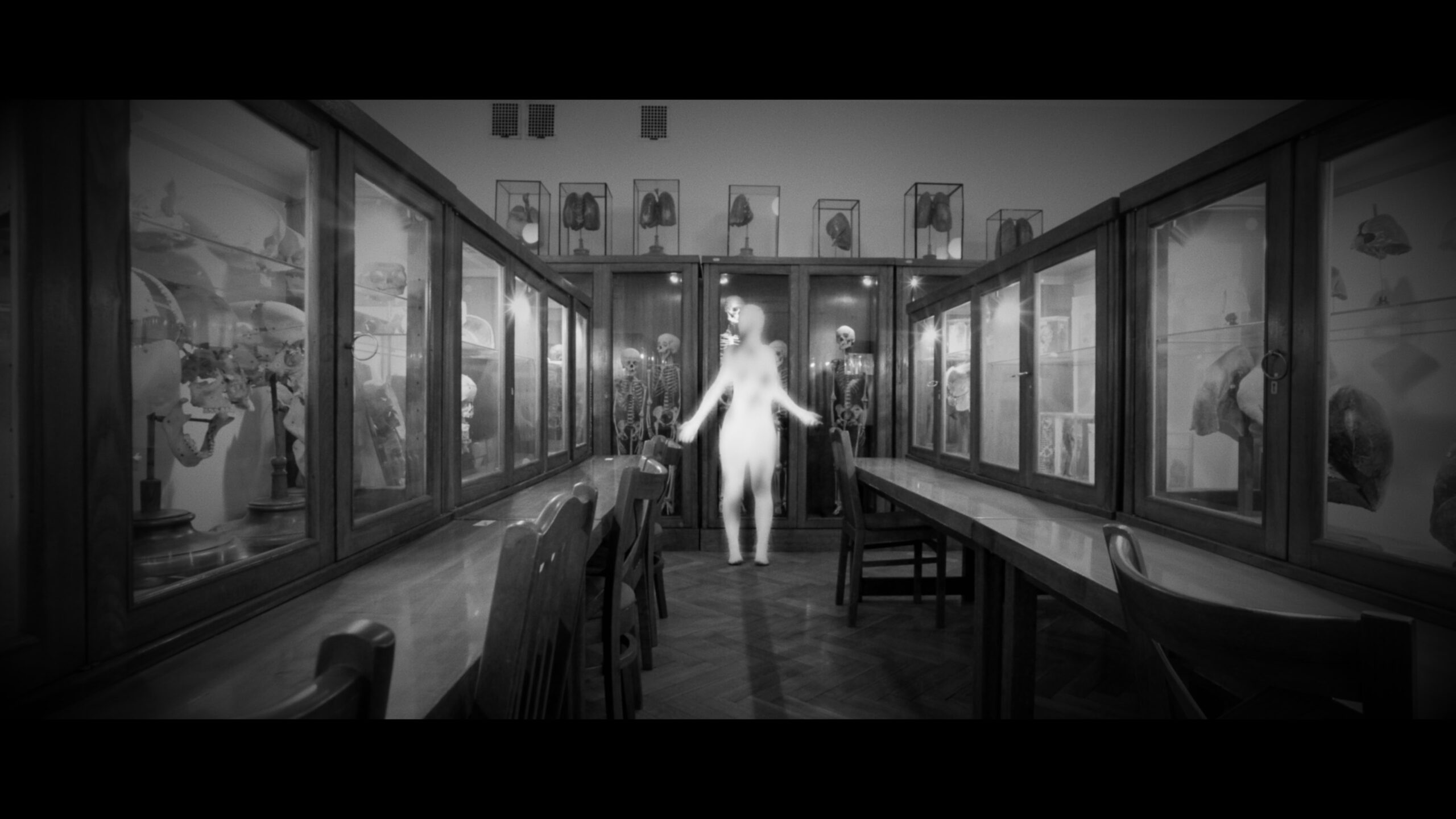
Film Screening of ‘FOLDS: Enchanted by Architecture’. Where does the history of a city reside? In personal memories, in the nooks and crannies of buildings, in the folds of collective consciousness? Aiden Barry inspires these dormant layers in a unique animation piece from and about Kaunas. The city’s landmark modernist architecture comes to life, telling a story without words, manifesting the spirit of the place. A communal effort from the start, filming involved over 60 professional and amateur actors, 17 locations and 70 animators. The film was completed just in time for Kaunas’s 2022 European Capital of Culture year. After the screenings, Aideen Barry will take questions in person regarding the film.
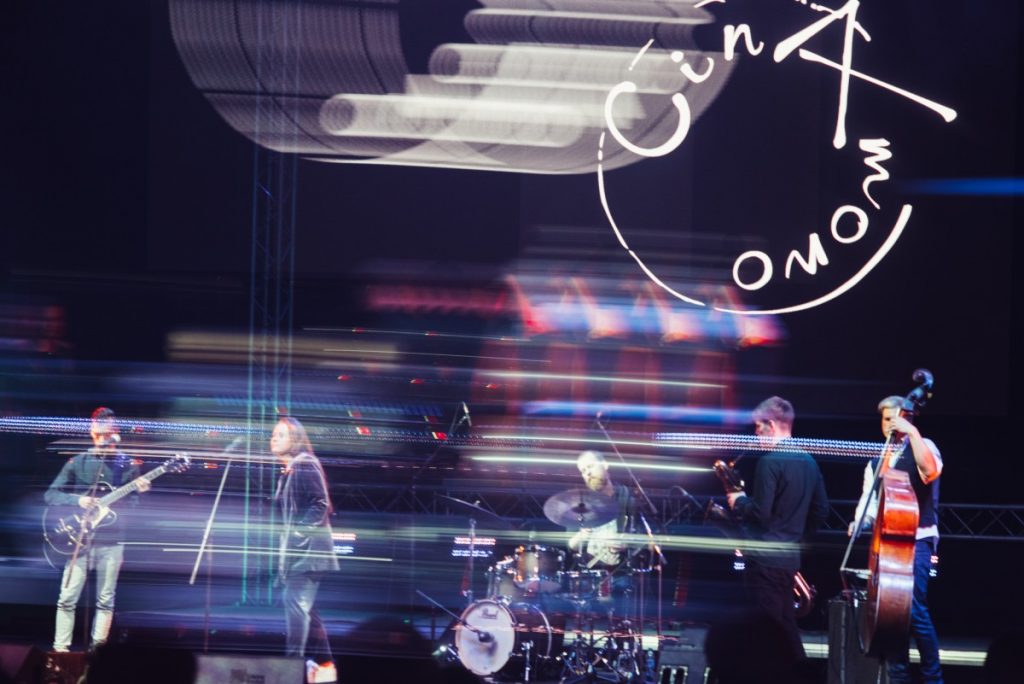
CinAmono is a band which projects a theatrical, ceremonial, and even slightly magical atmosphere. Good poetry combined with a sonic approach often becomes the pivot of their creative work featuring vibrant forms, special melodies and broad, easily expanding spaces for improvisation. Since this is a real ensemble of soloists, themes develop into lush, rich monologues and series of conversations. The band released its debut album CinAmono in 2018. The second CinAmono album
Music is the Ocean has followed in 2021.
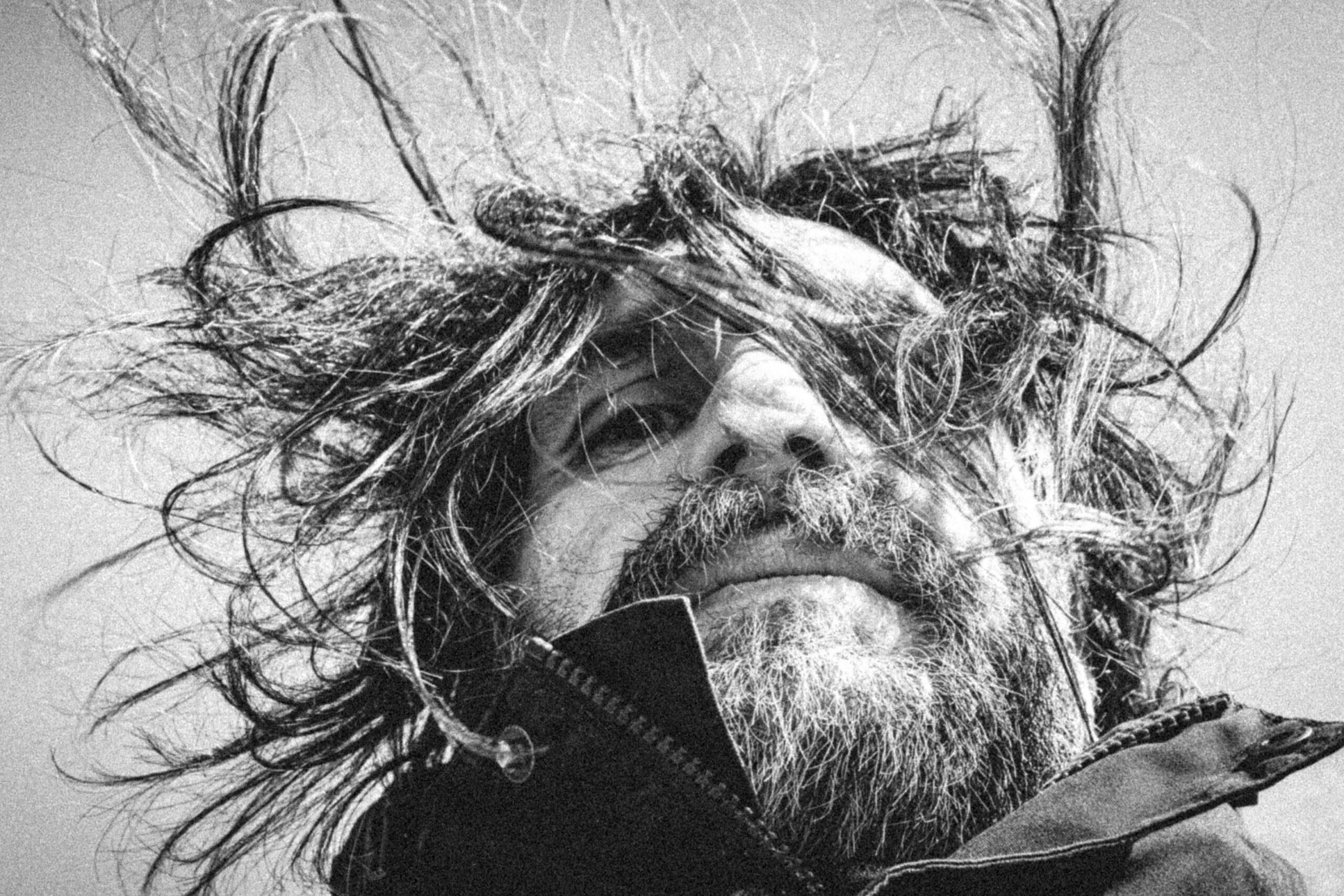
‘With Love from Kaunas’ Photo Exhibition. Remis Scerbauskas is a photographer specialising in street scenes, portraiture and motion blur. The photographer’s eye constantly seeks a unique approach to capture life. His artistic style has developed with a strong focus on creating black and white studio portraits. After engaging in studio photography for six years, he made a creative shift to street photography in search of a unique view of the current urban environment. His work has been awarded in several international street photography competitions. R. Scerbauskas has published over a hundred photographs in online galleries and street photography books such as World Street Photography from Around the Globe, and World Street Photography.

Writer’s Workshop with Sandra Bernotaitė. Sandra Bernotaitė is a Lithuanian writer and mentor. During the workshop ’The Magic of Place’, the group will use creative writing to explore a special place with a particular history and aura. The lecturer will use her own method, combining theatre and writing practices to open up the participants' imagination. Sensory writing exercises will be carried out, during which the group will create a series of texts that can be used as inspiration for further creative projects. She is the author of four books of prose, most recently the acclaimed novel Eyes of the Chimera published in 2021. She is currently studying for a PhD in Literature, working on a new novel, collaborating in various theatre productions and offering mentoring to writers. After spending ten years in Australia, she returned to Lithuania and currently lives in Kaunas.
Background of the InterUrban Project
We’ll take a real trip around the world without leaving Veszprém and the region. A photographer from Katowice, a singer from Trenčín, or even a Finnish mumin from Tampere may move into our neighbourhood; or maybe appear at the nearest railway station. You might unexpectedly run into a flamenco guitarist from Seville, an Ibagué fiesta or traditional Colombian folk music and dance in Veszprém, on the shores of Lake Balaton or in a shady Bakony village store. Music is the main focus, but each city will bring something it is particularly proud of. Almost everything is showcased during the year-long programme, from fine arts to sports to gastronomy.
What links Veszprém to Seville, Ghent, or Kingston, Jamaica? Music plays a prominent role in everyday life in cities. Not a week goes by without a musical programme for young and old, amateurs and professionals. Around the world, nearly 60 cities proudly bear the UNESCO City of Music label –they are the main protagonists who make up the InterUrban cultural mosaic. Veszprém earned its UNESCO City of Music title in 2019. Sister cities with whom we have a decades-long friendship, and former and future European Capitals of Culture will also arrive to Veszprém to participate.
Kaunas, Lithuania - 16-29 January
Ghent, Belgium - 30 January - 12 February
London, Canada - 13-26 February
Timisoara, Romania - 27 February-12 March
Katowice, Poland - 13-26 March
Liverpool, UK - 27 March - 9 April
Bologna, Italy - 10-23 April
Novi Sad, Serbia - 24 April - 7 May
Chemnitz and Bottrop, Germany - 8-21 May
Sevilla, Spain - 22 May - 4 June
Nova Gorica, Slovenia - 5-18 June
Tampere and Rovaniemi, Finland - 19 June - 2 July
Elefsina, Greece - 3-16 July
Kingston, Jamaica - 17-30 July
Bodø, Norway - 31 July-13 August
Praiai, Cape Verde Islands - 14-27 August
Skopje, Macedonia - 28 August-10 September
Brno, Czech Republic - 11-24 September
Hamamatsu, Japan - 25 September - 8 October
Gyumri, Armenia - 9-22 October
Tartu, Estonia - 23 October - 5 November
Ibagué, Columbia - 6-19 November
Trencin and Nitra, Slovakia - 20 November - 3 December
Tel-Aviv and Tirat Carmel, Israel - 4-17 December
Bad Ischl, Austria - 18-31 December
For more information:
- Kata Jávor, Production and Project Lead – Hangvető
Tel: +36-20-910-4089 | Email: [email protected]
- Mihály Müller, Chief Press Officer - VEB2023 ECoC
Tel: +36-30-551-7937 | Email: [email protected]
- Daniel Swartz, International Communication Manager - VEB2023 ECoC
Tel: +36-30-828-5325 | Email: [email protected]
Official handover of the title of European Capital of Culture took place yesterday in Athens
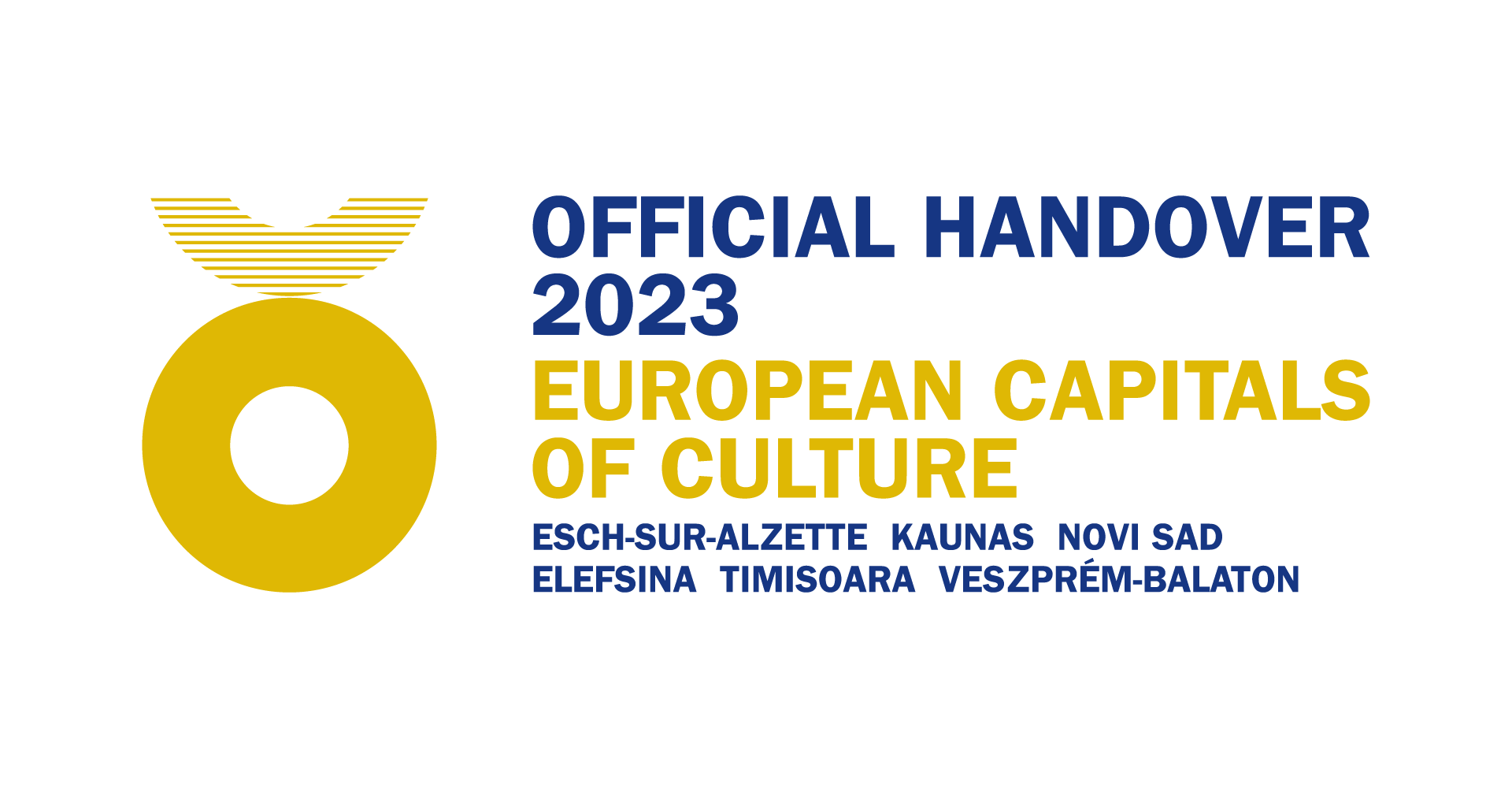 On January 9th, 2023, the European Capitals of Culture of 2022 officially handed over their titles to the cities and regions which will be representing the European Capitals of Culture in 2023. The ceremony took place in Athens, at the Acropolis Museum, and was marked by a multitude of speeches and artistic performances. The Official Handover 2023, which was symbolically embodied by an art sculpture, was also an opportunity for Official Representatives to remind of the meaning and purpose of the European Capitals of Culture as unique projects which aim at celebrating European cultures. Their mission is to connect people, cities and countries through culture, and therefore contribute to strengthening Europe in a sustainable way.
On January 9th, 2023, the European Capitals of Culture of 2022 officially handed over their titles to the cities and regions which will be representing the European Capitals of Culture in 2023. The ceremony took place in Athens, at the Acropolis Museum, and was marked by a multitude of speeches and artistic performances. The Official Handover 2023, which was symbolically embodied by an art sculpture, was also an opportunity for Official Representatives to remind of the meaning and purpose of the European Capitals of Culture as unique projects which aim at celebrating European cultures. Their mission is to connect people, cities and countries through culture, and therefore contribute to strengthening Europe in a sustainable way.
Athens was the first city to be designated as European Capital of Culture (ECoC) in 1985, on the initiative of former Greek Minister of Culture Melina Mercouri, along with her French counterpart Jack Lang. The objective was to gather European citizens closer together by highlighting the wealth and diversity of European cultures and raising awareness of their common history and values. It thus made perfect sense to host the handover ceremony in Athens. The six ECoCs involved for this first time also suggested it should take place in Athens every year from 2023 onwards, an idea which was positively welcomed by the European Commission.
“The European Capitals of Culture represent what Europe is known and appreciated for, even far beyond its diverse culture: Our principles of freedom, peace, justice and human rights. Culture is Europe and Europe is all of us – the six cities of today`s handover ceremony, and all European Capitals of Culture of the past and the future”, says Margaritis Schinas, Vice-President of the European Commission.
The 90-minutes ceremony was an opportunity for the representatives of the six ECoCs - directors as well as political and other representatives – to speak alongside the Vice-President of the European Commission, Mr. Margarítis Schinás. An art work by Luxembourgish glass sculptor Pascale Seil (“Made by Seil”) symbolized the title handover, symbolically representing European history at the same time. The highlight of the evening was the artistic performance “Tacet” by the Greek-English female dancer Rihannon Morgan from Luxembourg and Greek-French female accordeon player Servane Io Le Moller from Athens, who were part of the cultural program of Esch2022 (“DifferDanceDays”). Another highlight of the ceremony was the visit to the Acropolis Museum.
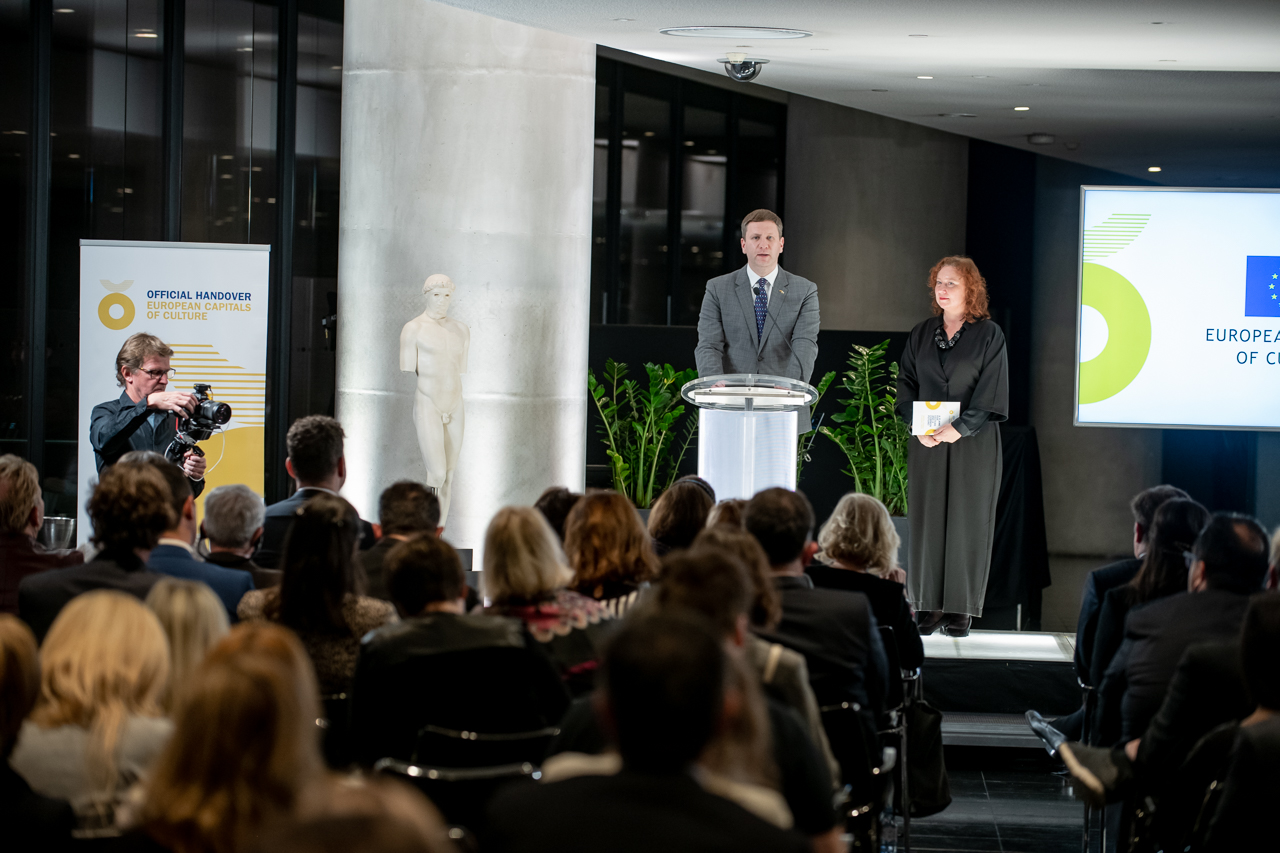
A symbol for Europe
The glass sculpture, symbolic representation of Europe, was inspired by a famous story from the Greek mythology: the abduction of King Agenor’s daughter, Phoenician maiden "Europa", to which the continent owes its name. The myth of Europa, who infatuated Zeus, the king of all Olympian Gods, with her striking beauty and grace, has inspired many writers, historians, painters and European politicians throughout the centuries. Europa also inspired the Luxembourg artist Pascale Seil to create “The Bull”. Based on the Greek mythology, Zeus metamorphosed into a white bull to escape the anger of his wife Hera. He kidnapped Europa and took her to the island of Crete, where he revealed his true identity and impregnated her. Europa gave birth to Minos, who would become king of Crete.
The horns of “The Bull” represent the power; the circle, which carries the horns of the bull, represents volenity and infinity. The sculpture is constructed of 47 layers of colored glass, each representing one of the European countries. It evokes transparency and lightness, as well as movement through the twisting of the colored layers. The colors of Europe - blue and yellow (gold) - dominate. The history, the shapes and the colors of all the different layers symbolize Europe as a unified body composed of individual identities and peculiarities.
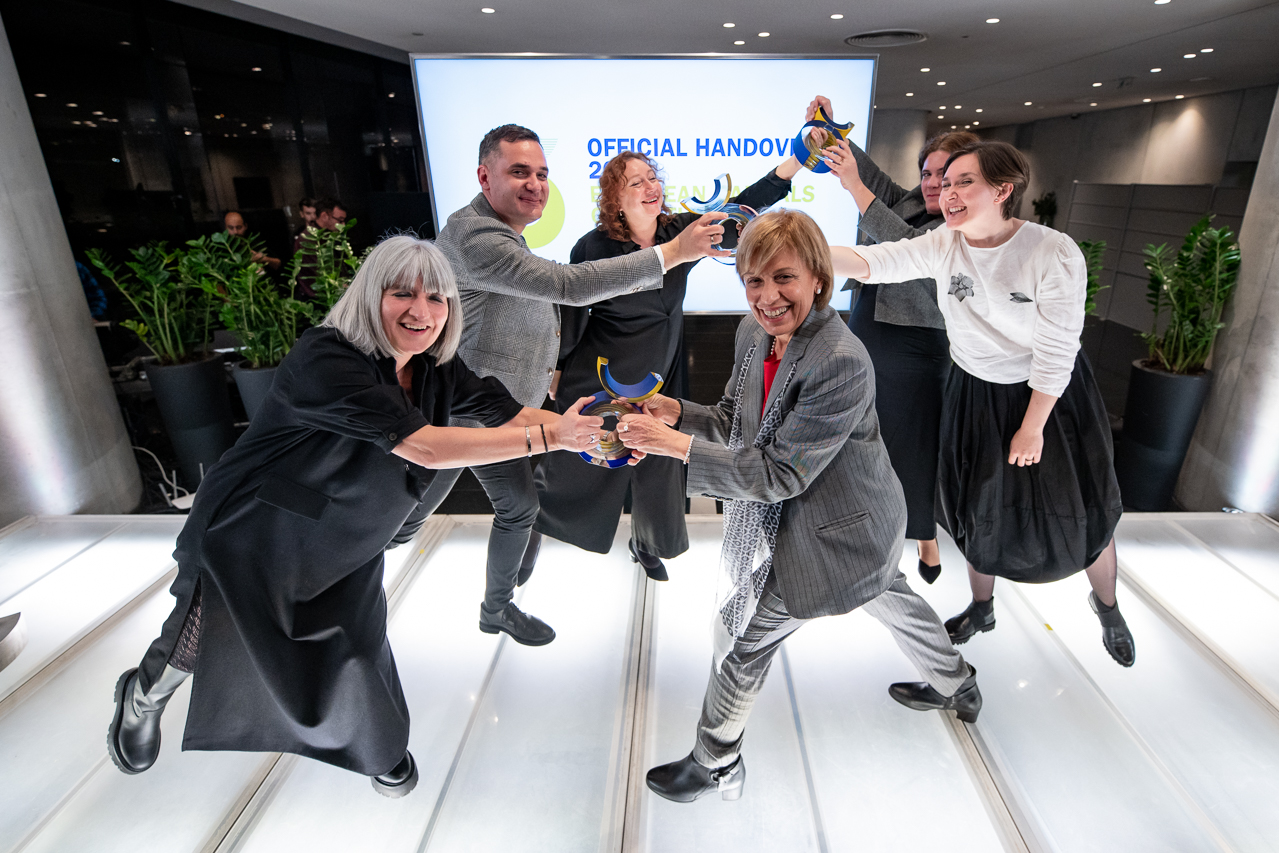
Participation in a common project – across borders
Similarly, the European Capital of Culture project perfectly embodies this combination of joint forces, yet carrying so many different facets. Hundreds of artists, institutions, volunteers and citizens help shape the special title years and lay the foundation for new things that will last through time. They collaborate with each other and bring people and cultures together. Citizens should actively take part in the project and its activities, and contribute to the development and cultural expression of their city or region. Each European Capital of Culture drives new energy into the city, and naturally boosts its cultural, social and economic development. All past, present and future titleholders should exchange ideas, benefit from eachother and support one another by driving projects together.
The cooperation and networking efforts between ECoCs is expressed through projects and initiatives which aim at achieving a long-term impact for the current title year and beyond. In 2022, ECoCs collaborated widely to create a multitude of projects. This newly established event is an additional component that reinforces and symbolizes this cross-boarder cooperation.
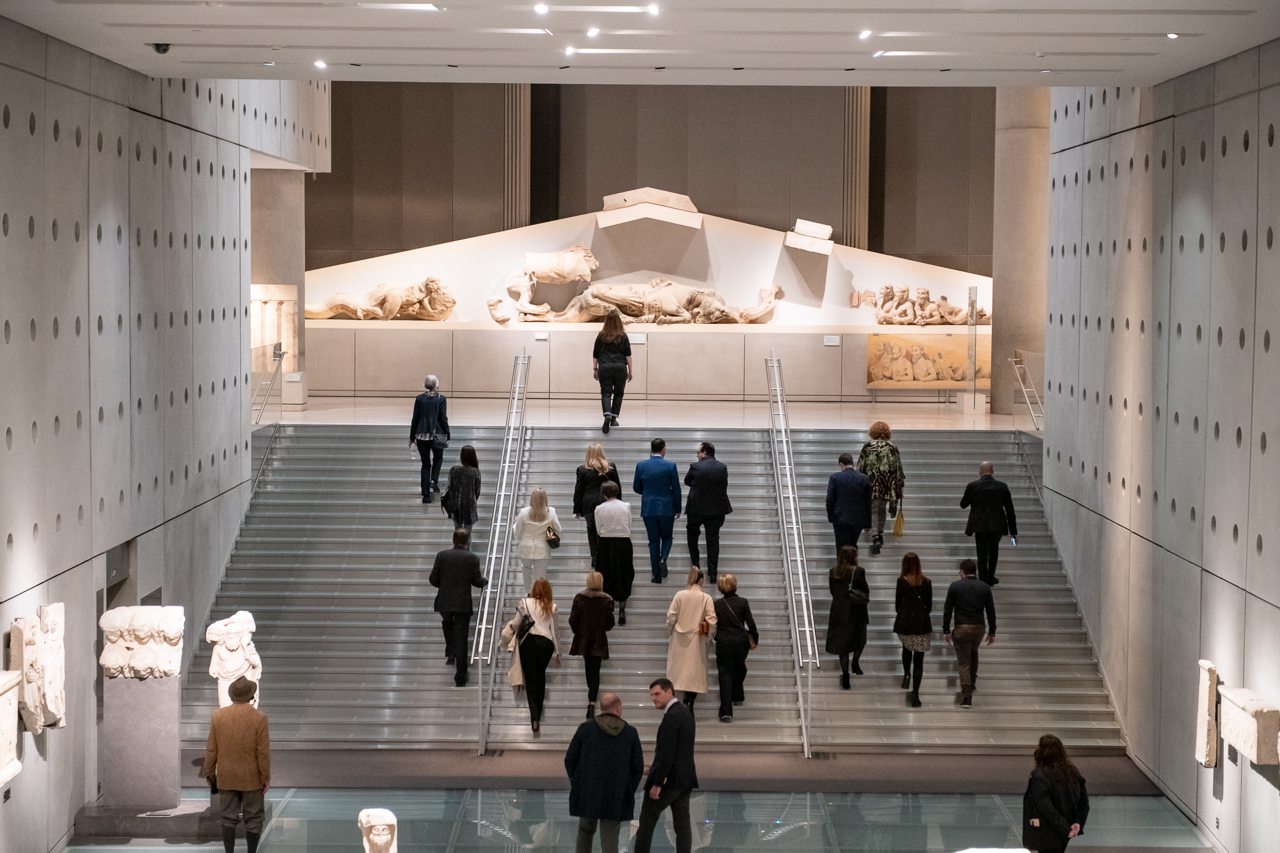
Baptism in a Canoe, 14-hour Shifts, And Dancing Cameras: Kaunas 2022 Through the Eyes of the Media Team

Kilometres, steps, terabytes, snapshots, people met, or just ticks on the calendar are helpful ways to calculate the work done during the year of Kaunas - European Capital of Culture 2022 and up to it. We talked to photographers Martynas Plepys, Teodoras Biliūnas, Gražvydas Jovaiša and Andrius Aleksandravičius, as well as to video artist Marius Paplauskas, who have already taken a break after the closure of Kaunas 2022, about the project’s visual chronicles. Even though they all did essentially the same thing, the experiences and legacies of the five Kaunasians are very different.
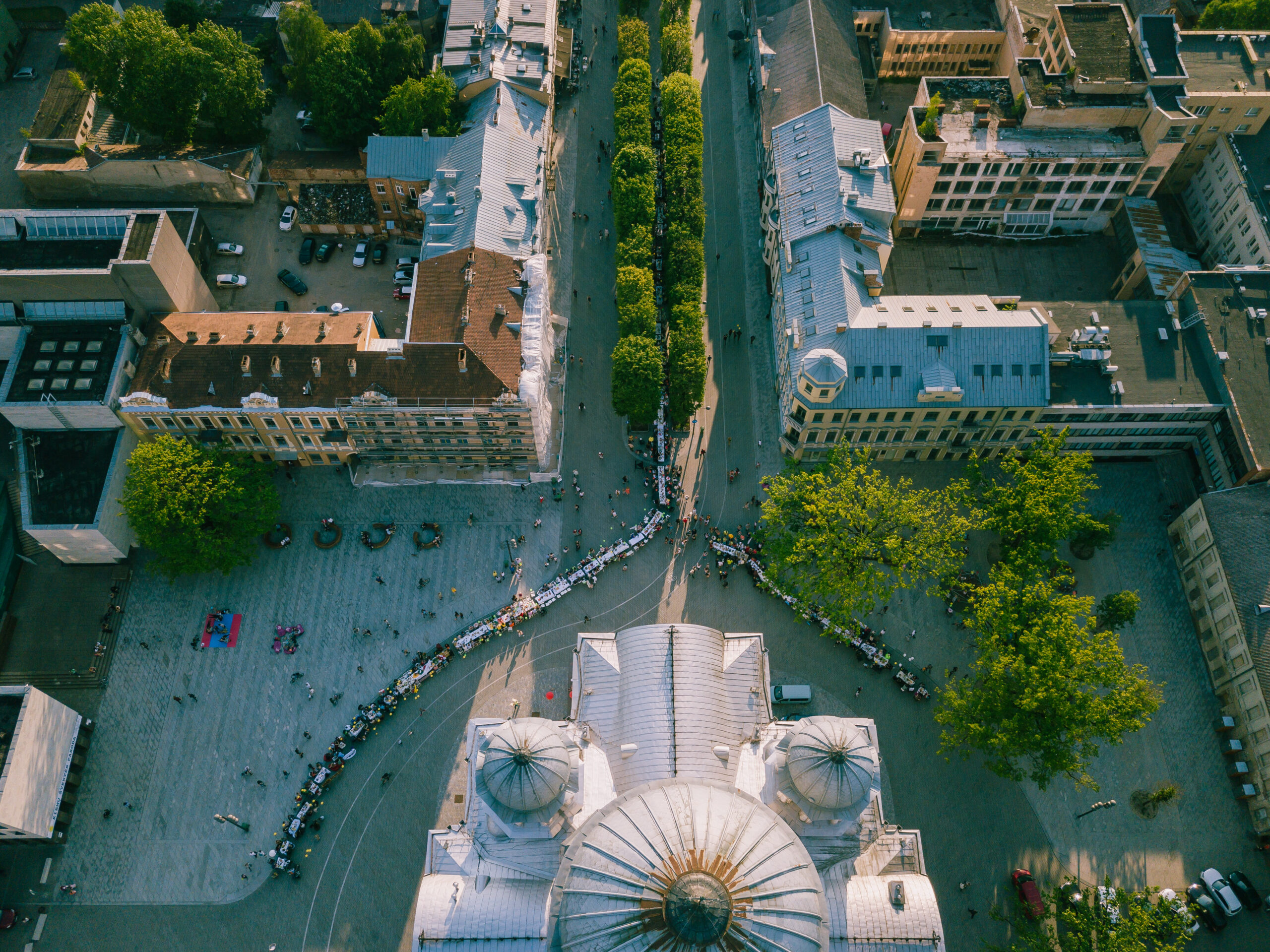
Šešeri metai Kaune ir Kauno rajone
Andrius Aleksandravičius was one of the first to hop on board - his shots of Kaunas were used in the project’s application, submitted in the spring of 2016. His expressive photographs added to the success of the city’s core ideas as a future European Capital of Culture (ECoC) in 2022.
‘My shots were also used for the first posts on the Kaunas 2022 Instagram account,’ recalls the photographer, much appreciated for his bird’s-eye views of Kaunas city and Kaunas district. Andrius estimates that in almost six years, he managed to attend over 200 events of the programme, which he both photographed and filmed with the help of a drone. The most intense year for him was 2021, with 76 captured events.
‘I remember in 2016, when Agnė Pinigienė, Kaunas 2022’s Communications Manager, invited me to meet the project CEO Virginija Vitkienė and head of the program Ana Kočegarova-Maj. I was just starting out in filmmaking and very naive but brave,’ laughs video artist Marius Paplauskas, who filmed the project’s origins. In total, he accumulated about 10 TB of material; even more of it was buried in his old computer.
Teodoras Biliūnas considers the starting point for his Kaunas 2022 adventure to be the day the city won the ECoC title, 29 March 2017, when he photographed the anticipation of the decision and the moments of joy in the Town Hall Square. The photographer collaborates with the BNS news service and news portals, so the ECoC program became a part of his routine. It was his photographs from happenings such as the naming of Kaunas Airport as ‘Fluxus’ that were the first to be seen by news portal readers, often before the events had even ended. ‘How to calculate all this - in events, shots or kilometres, I have no idea; it was just a regular part of my daily work,’ the photographer laughs.

‘500 events, 200,000 shots, 16,000 photos ready for publication’, Martynas Plepys, who has been working with the camera since 2018 at the invitation of Kaunas 2022, states his personal statistics. One of his first assignments was to shoot a portrait of the then Žalgiris coach Šarūnas Jasikevičius. The legendary Kaunas basketball star reacted: ‘You need my picture? The internet is full of them,’ but in the end, he did not refuse to pose for Martynas.
Gražvydas Jovaiša joined the team of photo wizards at the latest, in May 2022, during the second act of the contemporary Kaunas trilogy, ‘Confluence’. ‘As soon as I returned from my holiday in Greece, I fell into the Lithuanian May shower. It rained all day without a break, and I had to shoot for about 14 hours.’ ‘Hundreds of kilometres, thousands of steps. One day of photographing the Emerald Way objects was exceptionally memorable; I had to travel around almost the entire Kaunas district, exploring towns and suburbs I had never visited before.’

Chemistry Between Performers and Observers
‘Often, the performers, speakers, etc., are the most important at events, but working with Kaunas 2022 community programme Fluxus Labas!, especially during the pandemic, and photographing the project Culture in the Courtyards, I realised that the most fun for me was catching the happy crowd and enjoying participants, and that became a vital accent in my work,’ Martynas states.
‘You can basically create a press report in three shots - a close-up, a general view and some detail,’ says Teodoras when asked which is more interesting to photograph, the performers or the spectators. For him, at the concerts of bands, which he has attended a lot in the ECoC programme, it is essential to capture the general mood of the event, and the empathetic audience, which creates the atmosphere of the coverage. ‘Even one spectator, captured in close-up, can represent the whole mood.’
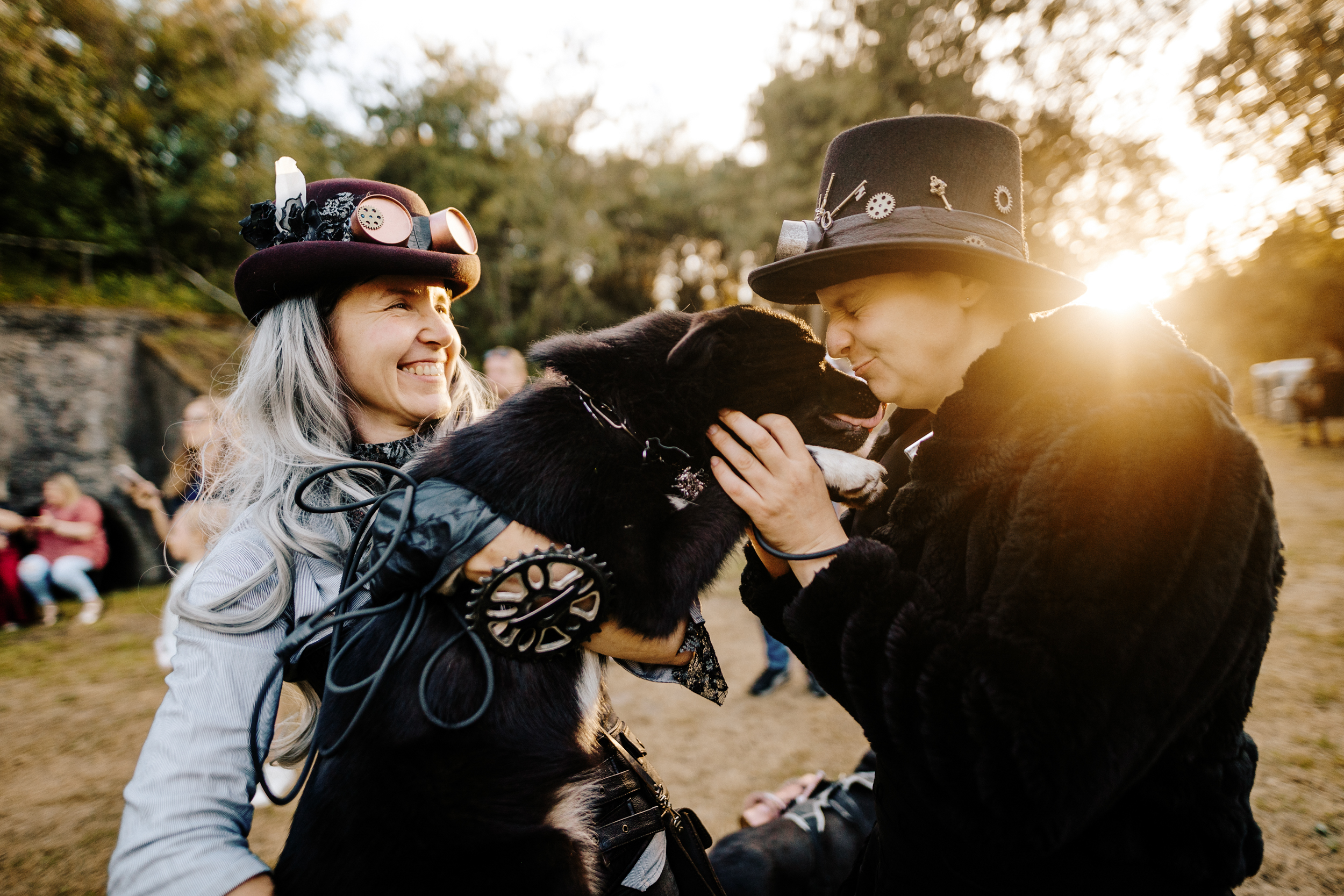 Šiuolaikinės seniūnijos – Garliava, G. Jovaišos nuotr.
Šiuolaikinės seniūnijos – Garliava, G. Jovaišos nuotr.
‘For me, the viewer is also more important. Of course, the work of the performers is enormous, but with their work, they transfer the audience that ‘special something’ that translates into a fascinating emotion,’ Andrius reflects.
‘It’s exciting to photograph people who are not used to posing. I’ve experienced this at community events - I often had to talk to the spectators and tame them into relaxing in front of the lens. As the months went by, I noticed that the people I photographed not for the first time, especially seniors, managed to relax more quickly; they even asked to be photographed; it was very nice,’ recalls Gražvydas. He was just as interested in taking portraits of the more important guests of Kaunas 2022 and getting to know them.
‘For me, the most meaningful thing is when I can capture the interaction between the performer and the viewer here and now when the so-called chemistry happens. I might lose something in the search for such moments, but it’s worth it,’ reveals Marius, who creates memorable videos. He points out that over the years, the people involved in cultural events have changed and become freer and more involved. ‘I’m unsure if this change is in them or me. I don’t like cameras myself, so I understand that others may not be happy when I get close, but it does affect the quality of the shots. However, I’ve learned to tame people myself, and they seem to have got used to it.’
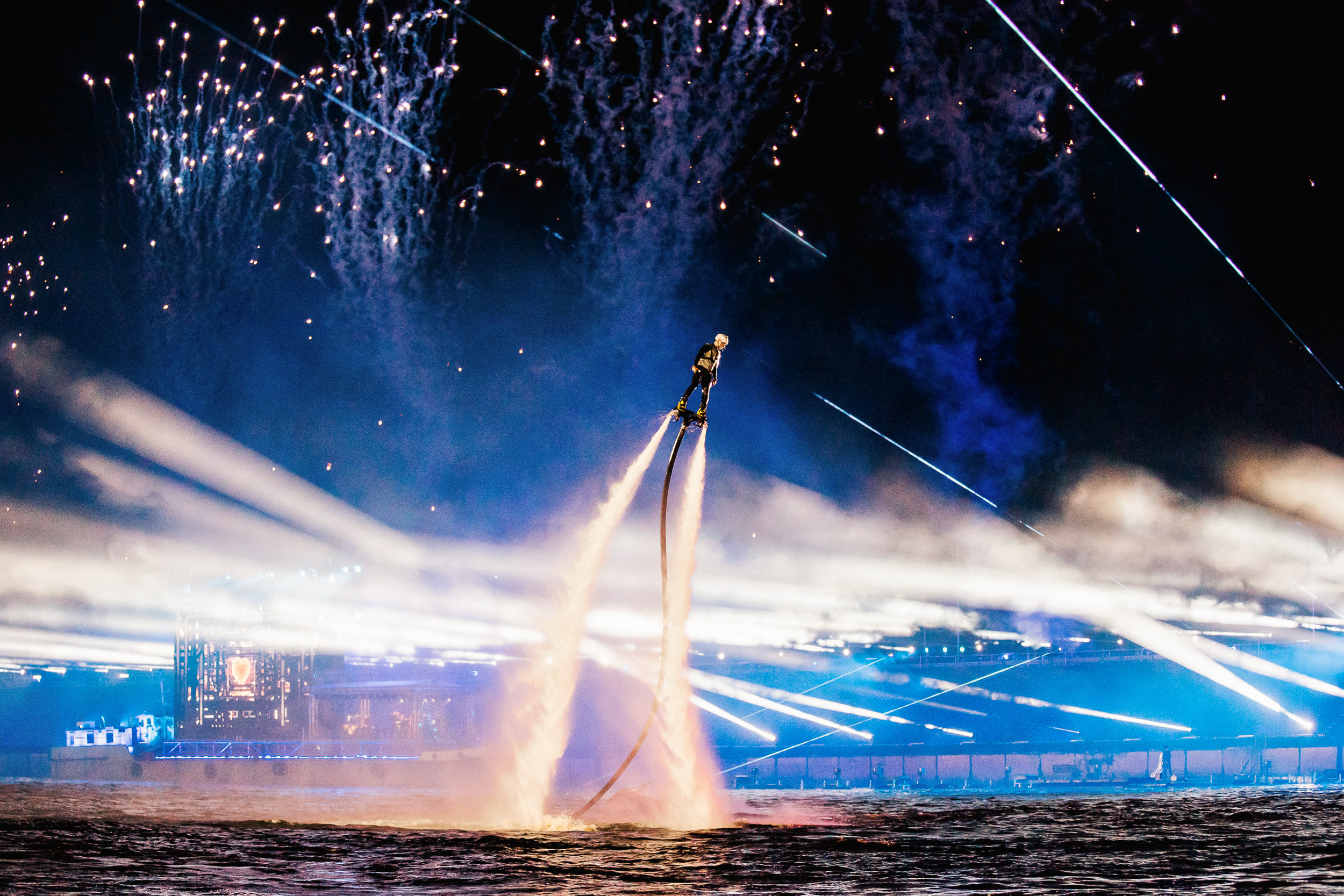
What Stays Behind the Camera
All of the interviewees identified the main events of Kaunas 2022 - ‘Confusion’, ‘Confluence’, ‘Contract’, and the ‘Fluxus Festival’ - as the biggest and most challenging tasks. ‘With so much action, it’s tough to decide which way to run and what’s more important to capture,’ reflects Martynas, while his colleagues add that the weather significantly impacts such events. ‘Even though I wasn’t working at the ‘Contract’, I must admit that it was a lot of fun to watch the closing ceremony of Kaunas 2022 in the warmth and comfort of the Žalgirio Arena, for a change,’ smiles Teodoras.
‘The ConTempo festival was the most creative and improvisational’, says Martynas. He recalls one director asking him to press the button just as the performer was hammering a nail so that the sound of the shooting wouldn’t disturb the audience: ‘These and similar requests made me think carefully about how to create an interesting story in the existing situation, and these were fun challenges.’
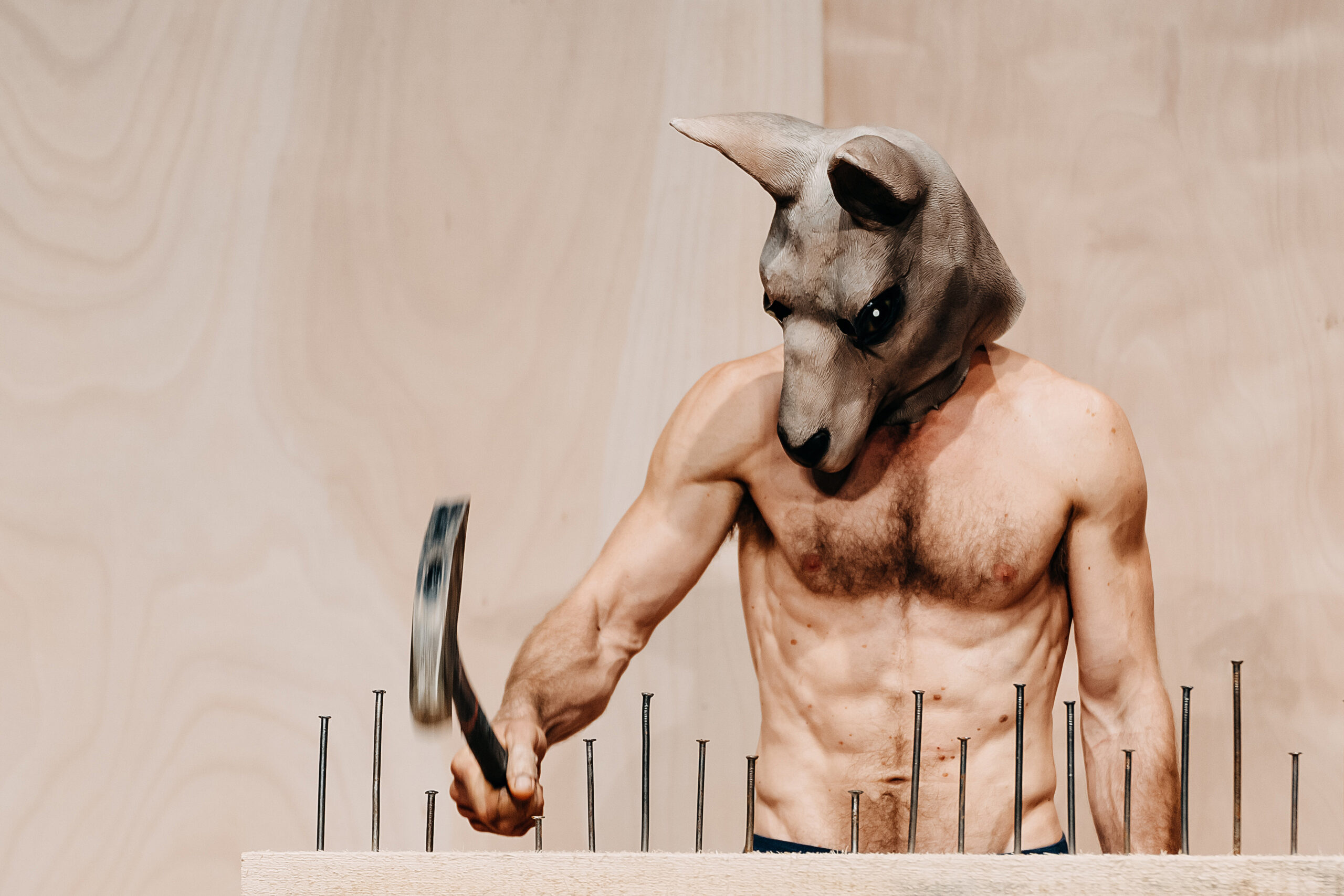
Although Andrius is best known for aerial images in this collective, Martynas also had to catch some bird’s-eye shots. ‘I remember a more dangerous incident when, while filming one of the scenes for ‘Kaunas - One Big Stage for Europe, three officers suddenly appeared at the Mykolas Žilinskas Gallery and started questioning who had flown into the military territory with a drone and what they had recorded, fortunately for me it was my colleagues’ drone, but all the explanations and warnings of what was at risk lasted for more than 30 minutes,’ he says laughing.
Marius, who, together with his colleague Martynas, toured many courtyards during the quarantine period, recalls that avoiding some rather curious situations was impossible. When the two approached to discuss details, they were immediately told to keep a safe distance by the officers monitoring the event.
Gražvydas shares his ‘baptism’ memory. ‘During my first day working with Kaunas 2022, I photographed the ‘Let’s Celebrate the River’ event, during which people sailed down the Nemunas and Neris rivers in various, even self-made, water vehicles. From Panemunė beach to Žemieji Šančiai beach, we sailed in a large canoe with a capacity of about 20 people, with musicians on board. Live music is playing, good mood is in the air, I’m taking pictures, and everything looks just amazing, but a few hundred metres away, we can see the Panemunė Bridge and its columns! Suddenly there was a scream, and I turned and saw that our wooden boat was about to hit a column. I thought we were going to capsize; the rescue plan was already in my mind... there was a ‘boom’, and then a lot of stress as the boat seemed to have broken in half, but there was enough time to reach the shore and keep everybody dry!’
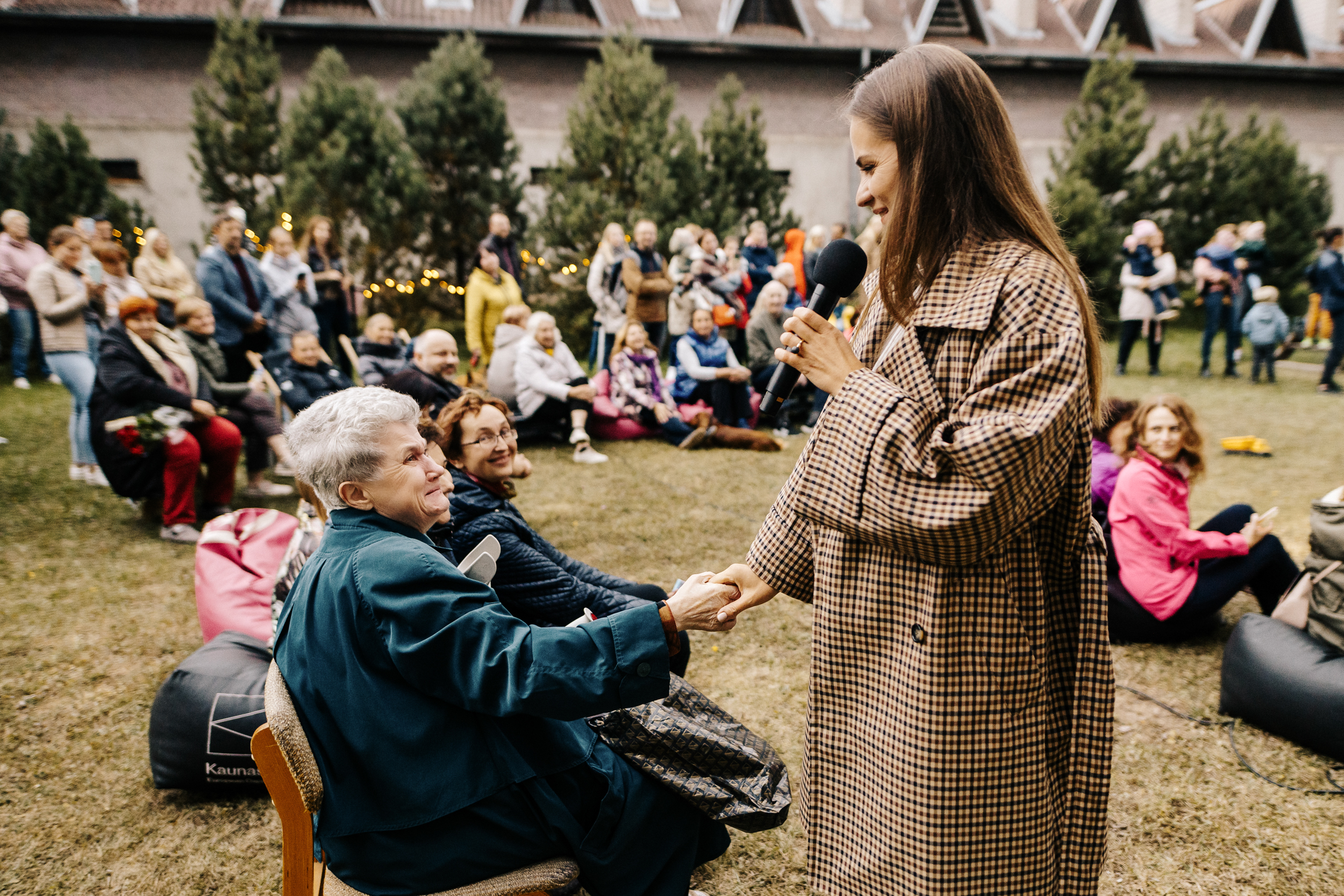
Personal Discoveries
‘I loved working with the Memory Office - we filmed Litvaks and listened to their life stories. These were often shocking; the conversations were long. Later on, I realised that the opportunity to witness these stories, to meet these people, was meaningful,’ says Marius, who has filmed not only dozens of events but also many conversations with a wide range of people.
Marius also mentions ConTempo, a festival he filmed from day one, the organisers of which gave him complete creative freedom. After all, he was a dancer first in his life and a video artist second, so it is only natural to single out the festival from the whole Kaunas 2022 programme. ‘Yes, when I film dance performances, I know what to emphasise and what to take out, but above all, this art has allowed me to film all other moving objects.’
‘My favourite events have been the ones that emit cosiness, the various community celebrations. The concert of Jurga Šeduikytė in Aleksotas stuck out very much - despite the rain, a lot of people gathered, some on balconies, some on the lawn, and even animals seemed to be watching the show. It would actually be possible to publish a separate album of pets,’ smiles Gražvydas. Among the events he cherishes, he mentions the Kūjeliai concert in Panemunė, the Vytautas V. Landsbergis sung poetry evening in Šančiai, the photographer’s home neighbourhood, and many contemporary dance performances.
‘I really liked the inclusion of the Kaunas district in the programme. I think it is quite easy to organise a successful event in the city, but it can be challenging in the district where communities are more self-contained. I took a lot of photographs for the Contemporary Elderships programme; for example, I was very impressed by Lapės town, where people made chairs in a workshop. Everyone seemed to be involved, which was surprising,’ recalls Andrius.
Teodoras, meanwhile, says he was most impressed by the year-long exhibition of William Kentridge, a Litvak artist from PAR. ‘I would say it was stronger than all the others put together,’ says the Kaunasian. Theodoras also singles out Jenny Kagan’s ‘Out of Darkness’ exhibition, which, according to the photographer, could have lasted longer to reach more people. And what is the most impressive person whose portrait Teodoras had to create? ‘It’s hard to surprise me, but I have to say that it was interesting to work with Yoko Ono’s curator Jon Hendricks, who was organising the exhibition at the Kaunas Picture Gallery - it took a long time to coordinate everything; we only had 7 minutes, but he was an obedient poseur,’ he laughs.
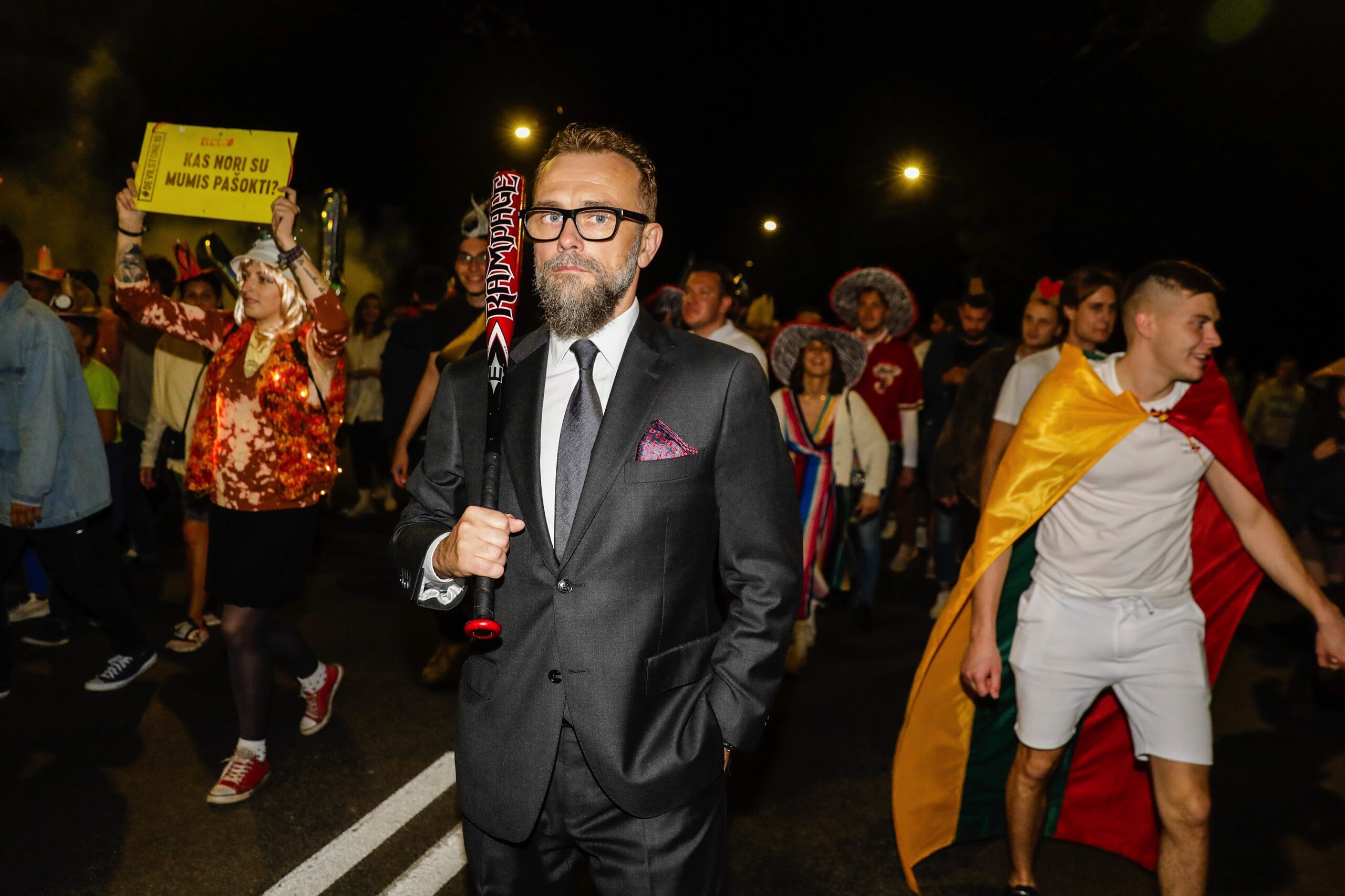 Fluxus festivalis, T. Biliūno nuotr.
Fluxus festivalis, T. Biliūno nuotr.
‘All the programmes were exciting, and my personal horizons were broadened by participating, but the one that has stayed with me the most is ‘Fluxus Labas!’ community events. I even stayed longer than planned and always left with a big smile. I can’t fail to mention the youth program events either. One of them is the Audra festival, which I chose not to photograph so that I could join the crowd,’ Gražvydas shares his recipe for combining work and leisure.
‘I was first known to the Kaunas 2022 team more as an architectural photographer because, at that time, I was intensively photographing Kaunas modernism, as well as exhibitions and installations, so I was looking forward to the commissions from the programmes Modernism for the Future and Design for Happiness,’ says Martynas, speaking about his Kaunas 2022 experience.
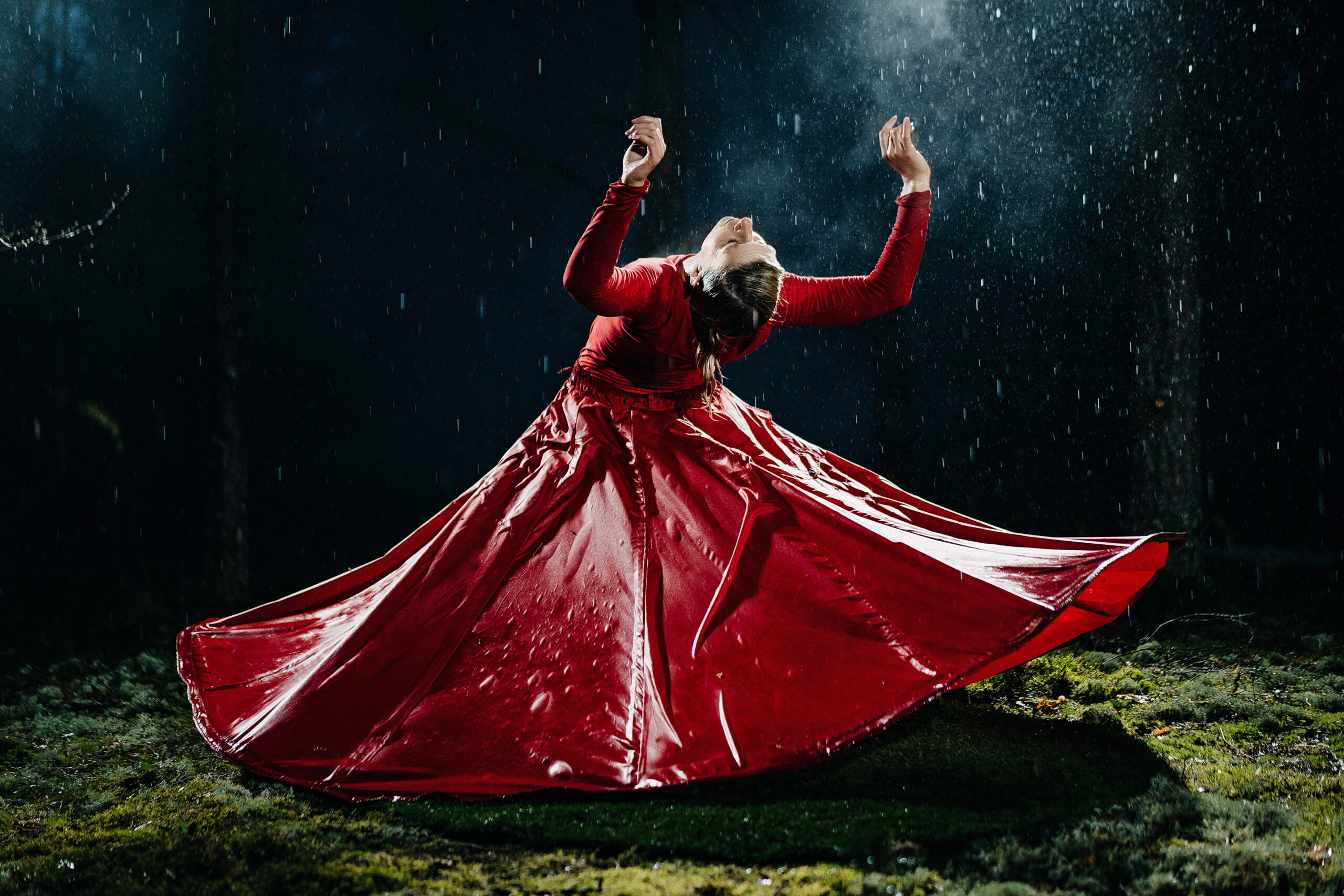
‘If I had to single out an event that was one of the most difficult in terms of work, but at the same time one of the most magical, it would be Robert Magro’s performance ‘Visions’ in the Kaunas district,’ the photographer recalls, ‘The forest, the night, the heavy rain, which made the acrobats even consider cancelling the performance, the fog, the water coming from the performers’ costumes... and me, in my boots and raincoat. Umbrella in one hand, camera in the other. It was a wonderful performance, and I enjoyed the shots I captured,’ Martynas concludes the talk about the thousands of magic moments he and his colleagues have captured over the last six years.
Lithuanian National Radio and Television Annual Awards presented: Kaunas 2022 was chosen as the cultural phenomenon of the year
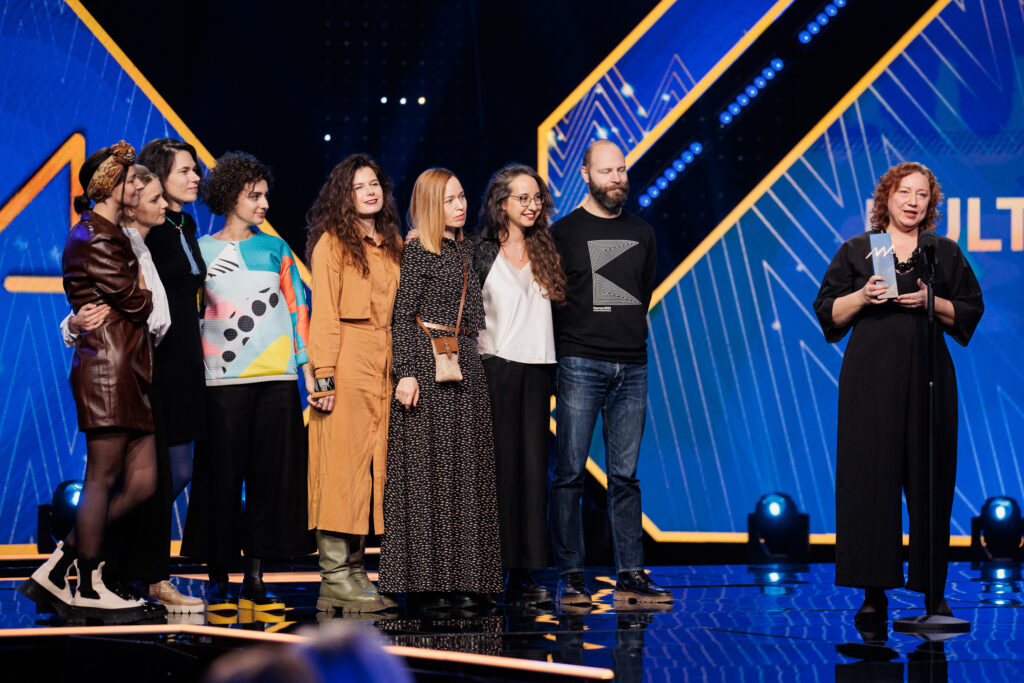
For the fifth time, Lithuanian National Radio and Television (LRT) invited to remember the most prominent events, personalities, initiatives, and achievements of 2022, which inspired us all and helped Lithuania focus, grow and improve. The winners were honoured at the LRT Annual Awards ceremony, where there was also no shortage of words of thanks to those who support Ukraine.
The solemn evening was not missed by a group of prominent public figures, representatives of sports, art, and culture, who entered the LRT big studio on the blue carpet of the ceremony.
Of course, the most important note of the evening was the honouring of the brightest people and initiatives of 2022. “The list of this year’s nominees represents the pulse of the entire year. Civic initiatives that have done and continue to do great things to help people affected by the war in Ukraine, who came to live in Lithuania, and continue to help those who remained to fight for the country's freedom, were prominent.
Surnames, initiatives, organizations, which aimed to help Ukrainian people, herewith encouraging all of us to grow as a nation, were among the nominees. We had engaging cultural projects, and our athletes again successfully managed to have the Lithuanian national anthem played at the biggest sports championships. I’m also happy that the achievements of the scientists of our country, which are valued in the whole world, are not forgotten in these Awards”, - Monika Garbačiauskaitė-Budrienė, the general director of LRT said before the celebratory Awards ceremony.

The "Kaunas 2022" project was declared the cultural phenomenon of the year in these Awards. “Maybe it wasn’t that difficult to get so many votes from LRT.lt readers because the voters were a part of cultural capital, the visitors and creators themselves. This award is an achievement of all creators and attendees. We felt special because we received the attention of so many Lithuanians and Europe”, - Virginija Vitkienė was happy to remember that a huge team worked on this project.
She admitted that the war, which started in February last year, shook them, but a huge team was able to not give up and included supportive initiatives for Ukraine into the programme – the cultural centre of Ukraine, which allowed the initiatives of Ukrainians living in Kaunas to unfold throughout the year, was established in Central Kaunas Post Office.
When the European Capital of Culture title returned to Lithuania after a twelve-year break, Kaunas prepared for it for five years, devoting most of its forces, time and finances to involve the citizens as much as possible. ECOC team assures, that the rich life in Kaunas won’t stop after the project is over.
During the year, about 40 festivals, more than 60 exhibitions, over 250 performing arts events, and over 250 concerts took place in Kaunas and the Kaunas district. The events attracted over one and a half million visitors. A lot of attention was paid to the topics of human rights, freedom of speech, respect for everyone, and culture for everyone.
LRT.lt reminds that the nominees were proposed and selected by the LRT Annual Awards working group, which has been actively working for the third year, made up of journalists from different fields, who have been closely following Lithuanian events throughout the year.
You can see all the awardees here.


